Discover Lake Titicaca from Peru with the floating Uros islands or from Bolivia with the beautiful Isla del Sol. A change of scenery guaranteed!
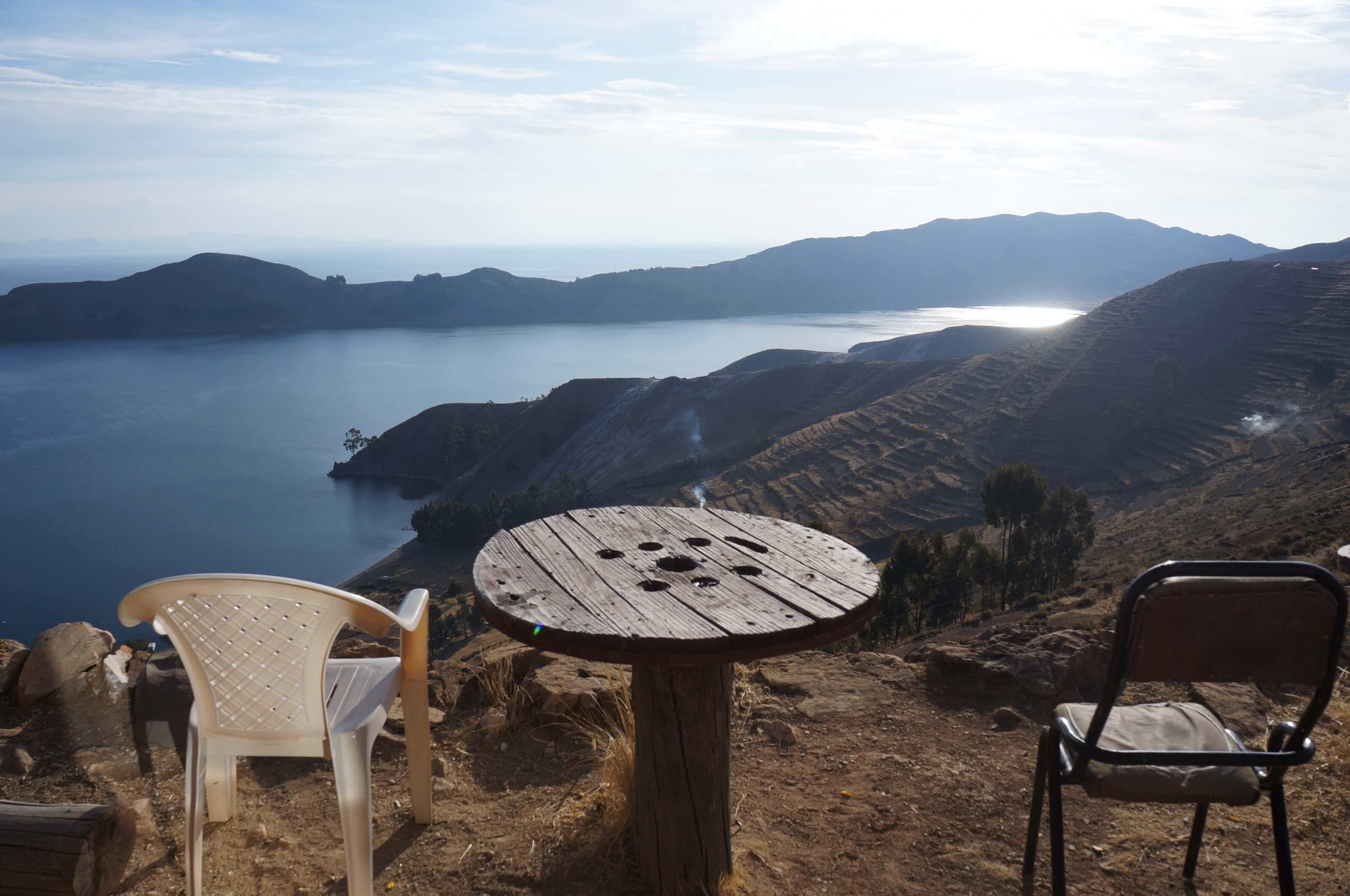
Are you soon traveling to Peru and looking for information to prepare your backpacking trip? Here we offer a practical page that gathers all the important information to know before you go. At the end, you will find links to all the blog articles we have written about the country.
During our trip around the world, we spent over a month in Peru, doing quite a few hikes and also exploring the more classic cities and tourist sites. We think of Trujillo and Chiclayo in the north, the Cordillera Blanca, Cusco, Lima, etc. It's the country that sparked our love for independent hiking, especially with a magnificent 9-day trek that passes through two architectural treasures of Peru: Choquequirao and Machu Picchu! Undoubtedly, it was one of the highlights of our 19-month backpacking trip.
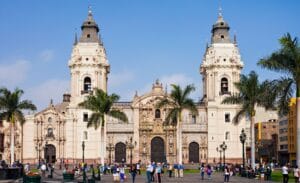
As mentioned earlier, our articles about Peru are all available in chronological order at the end of this page. However, if you prefer to plan your trip using a map, you will find below all our articles by region. Simply click the button to view the map of Peru.
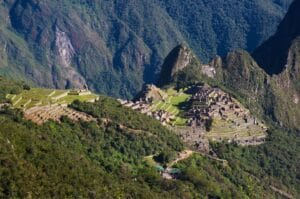
Peru is a country in South America that is not particularly large compared to its neighbors, but there are significant climate differences between regions. The reason? Altitude! In Peru, altitudes can be high as the Andes Mountains cross the country from north to south.
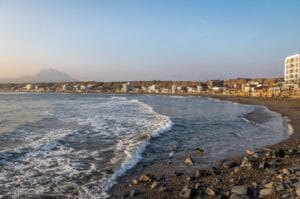
In terms of temperatures, be careful in the Andes! In winter (between June and August), it's generally very good during the day - easily over 20 °C - but at night, temperatures can drop below 0 °C! During our treks in Huaraz, for example, we would walk comfortably in a T-shirt during the day, but in the morning, we would wake up in our tent with frost all around us (including us!).
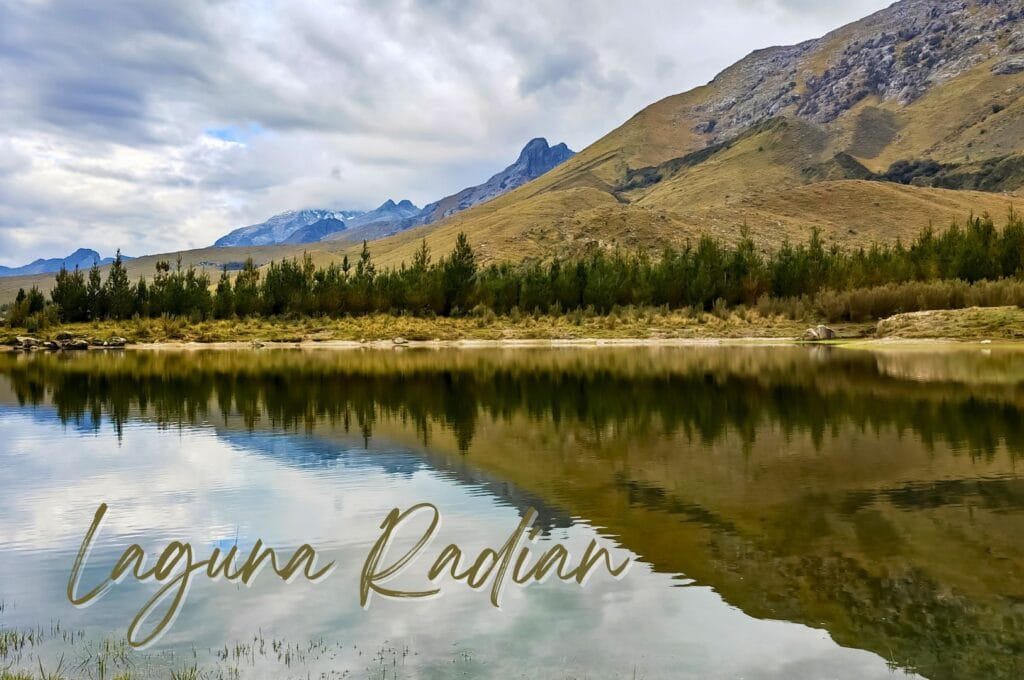
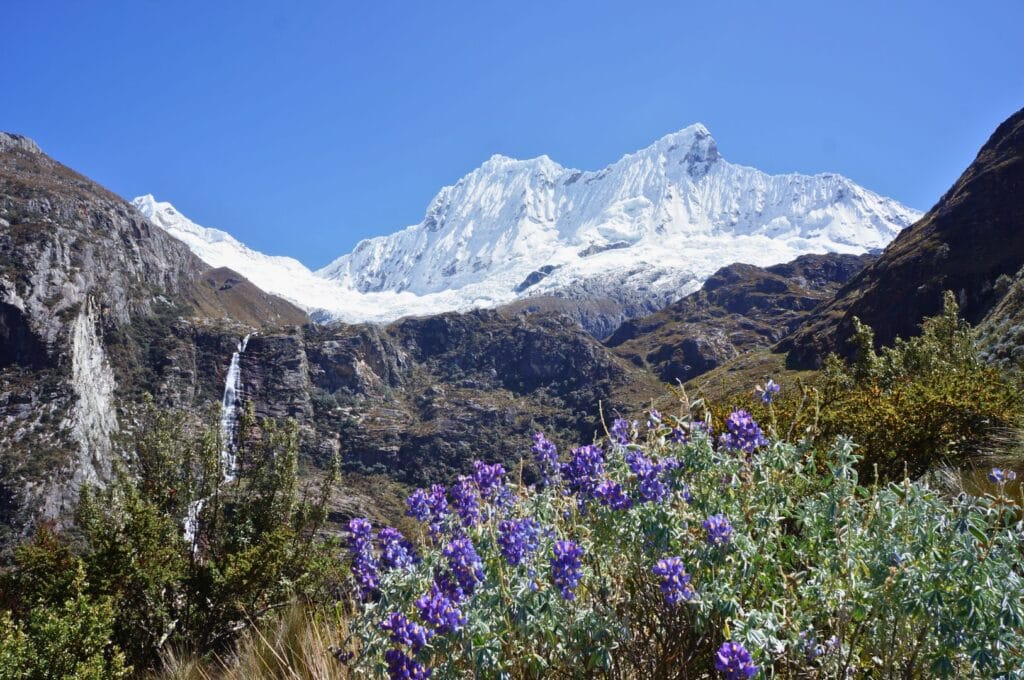
Before planning your travel itinerary in Peru, here are some tips to consider:
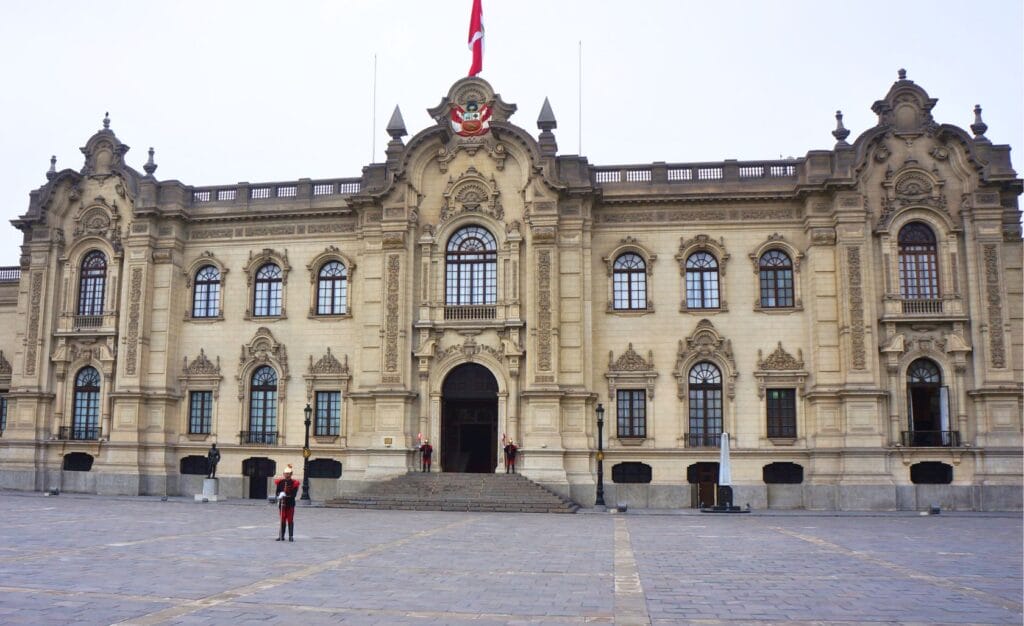
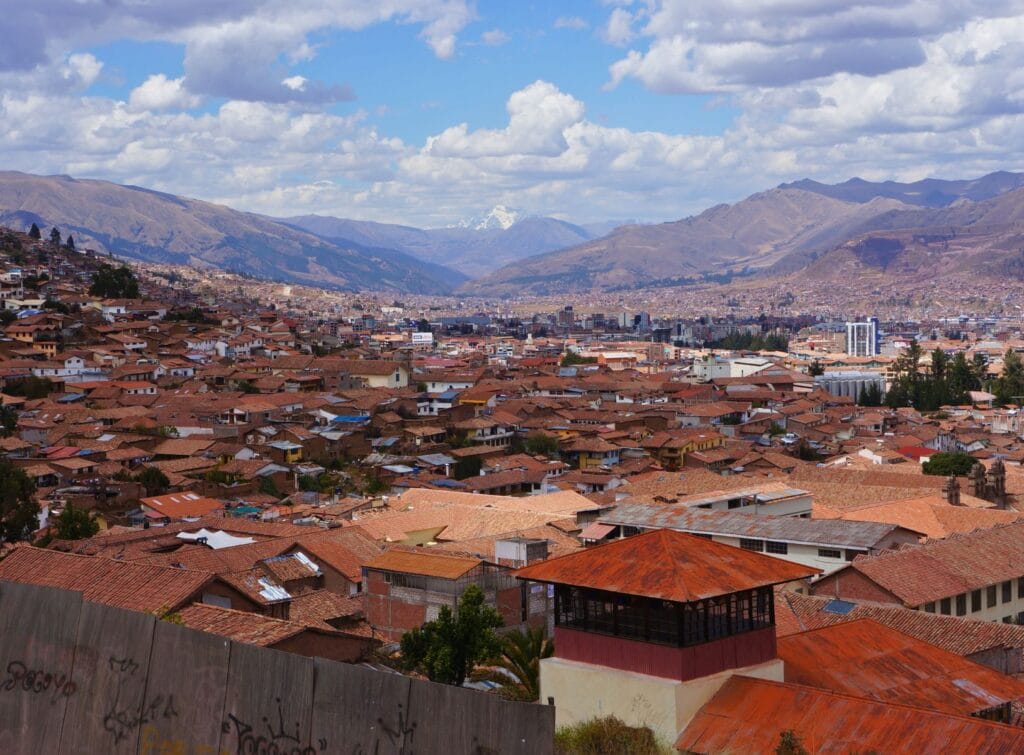
In this section, we won't provide a typical itinerary for 15 days or 1 month in Peru because it depends a lot on what you like to do and also your physical condition. We present the must-sees of Peru from north to south and stay ideas to give you an overview of what there is to see in the region.
We stopped for 4 days in Chiclayo and Trujillo, cities located in the far north of Peru, as we were coming from Ecuador. This desert region is known to be the cradle of pre-Inca civilizations and is a great stop to discover that there is more to Peru than just the Incas ;)!
Read our article about Chiclayo and Trujillo
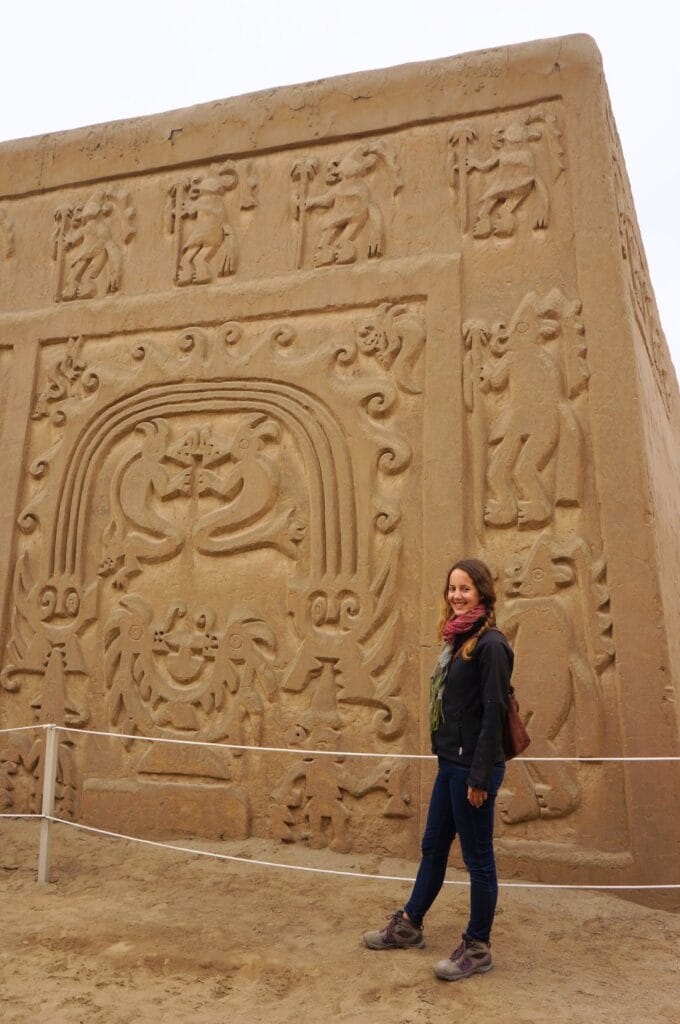
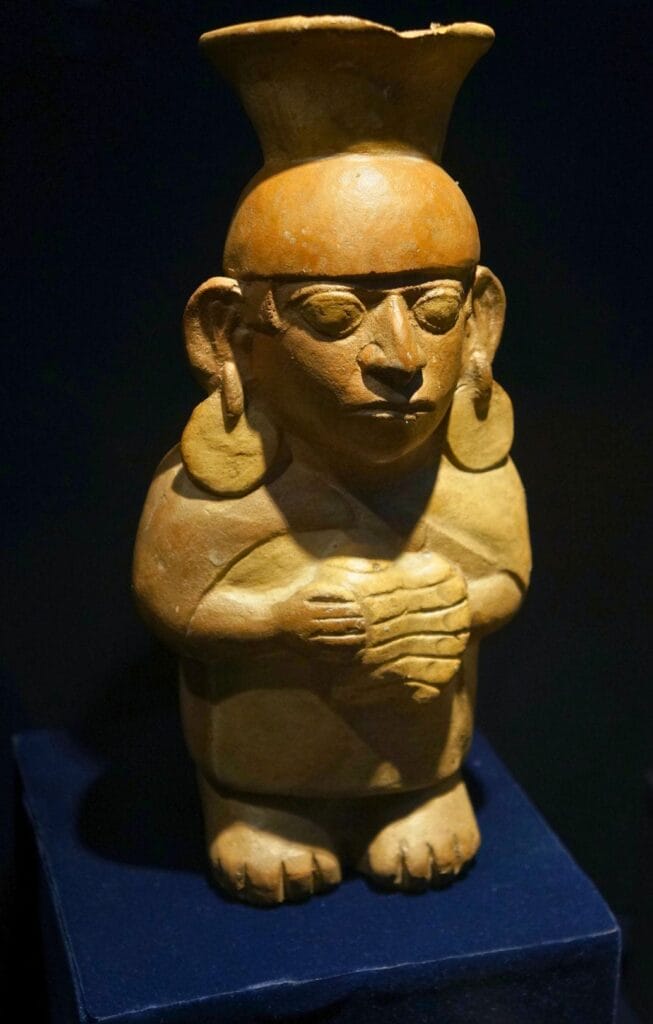
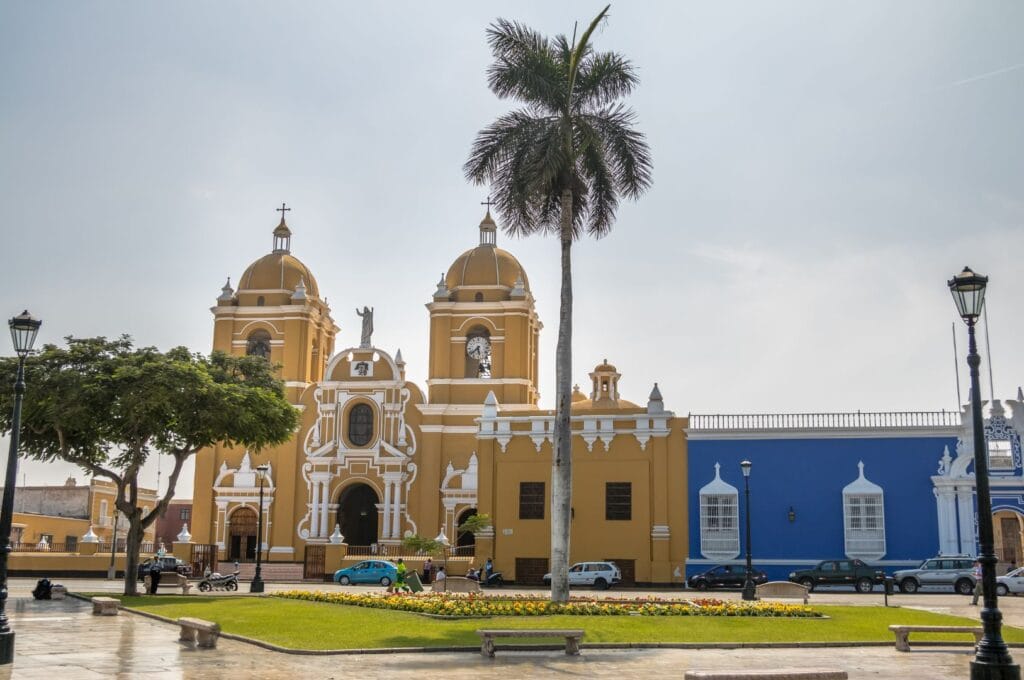
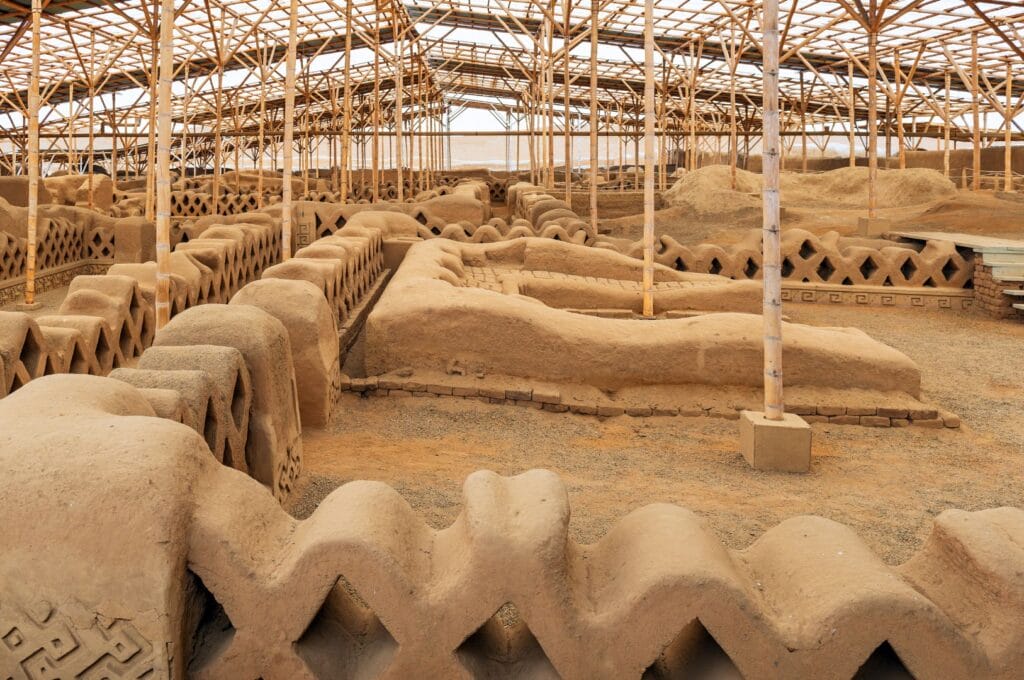
Huaraz is undoubtedly the best base for hiking enthusiasts! After 8 days, we left totally amazed by the region and would love to come back to explore more of the Cordillera Blanca and the Cordillera Negra! Stopping in Huaraz is also an opportunity to learn more about the Chavín civilization, predating the Incas. We stayed a total of 8 days in Huaraz, including 4 to do the Santa Cruz trek. Honestly, you can stay in the region for 15 days without any problem if you love the outdoors!
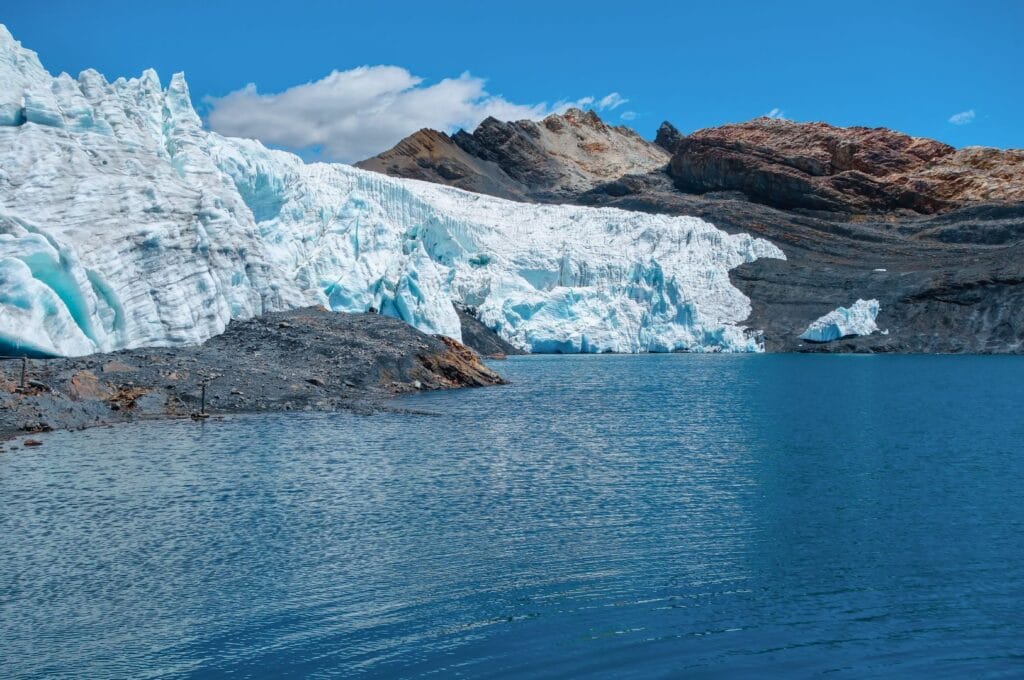
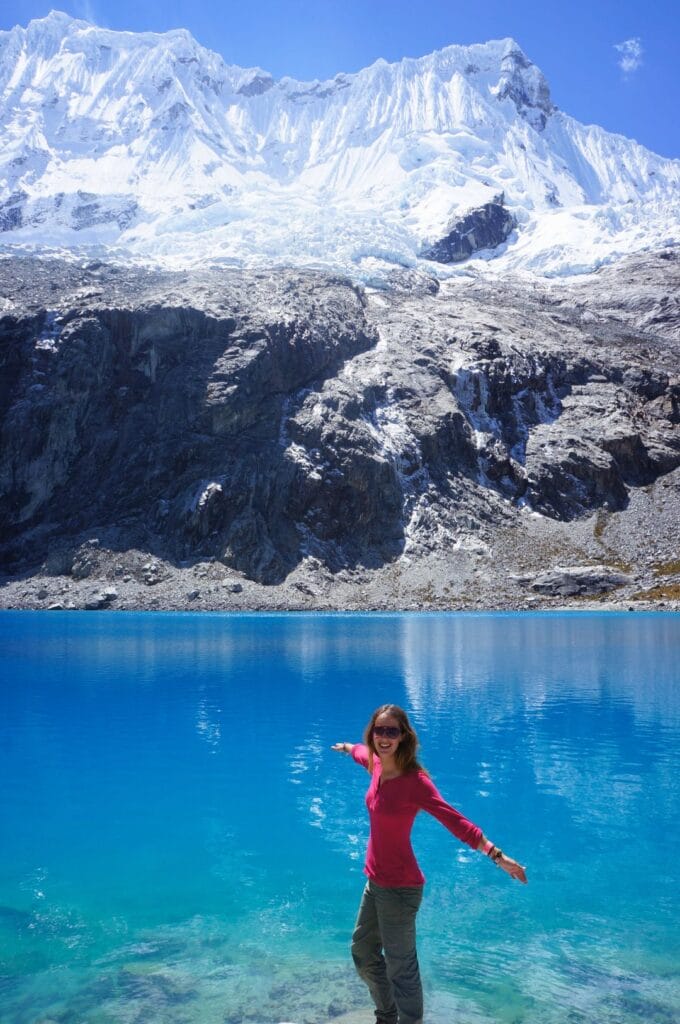
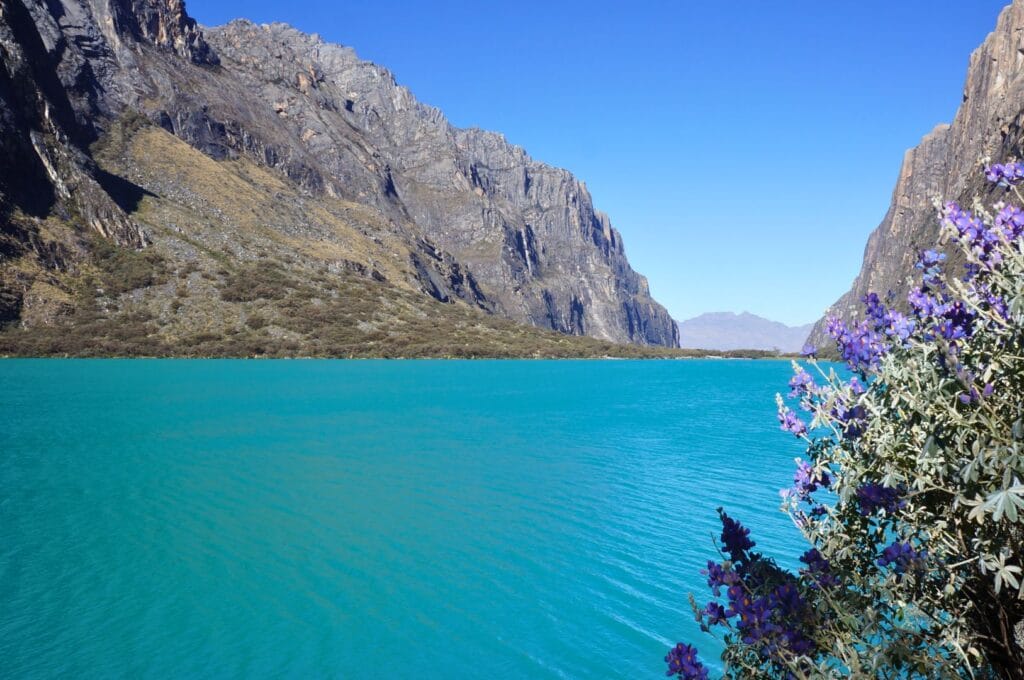
For less than 4 days in Huaraz, we recommend:
For more than 4 days in Huaraz, we recommend the above list for day hikes plus:
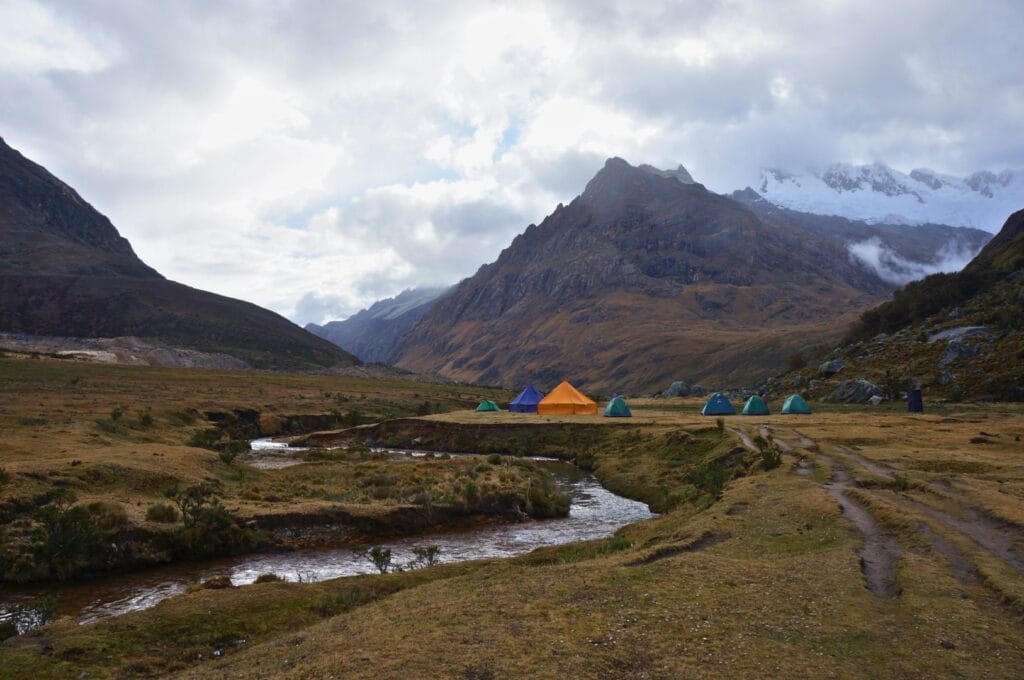
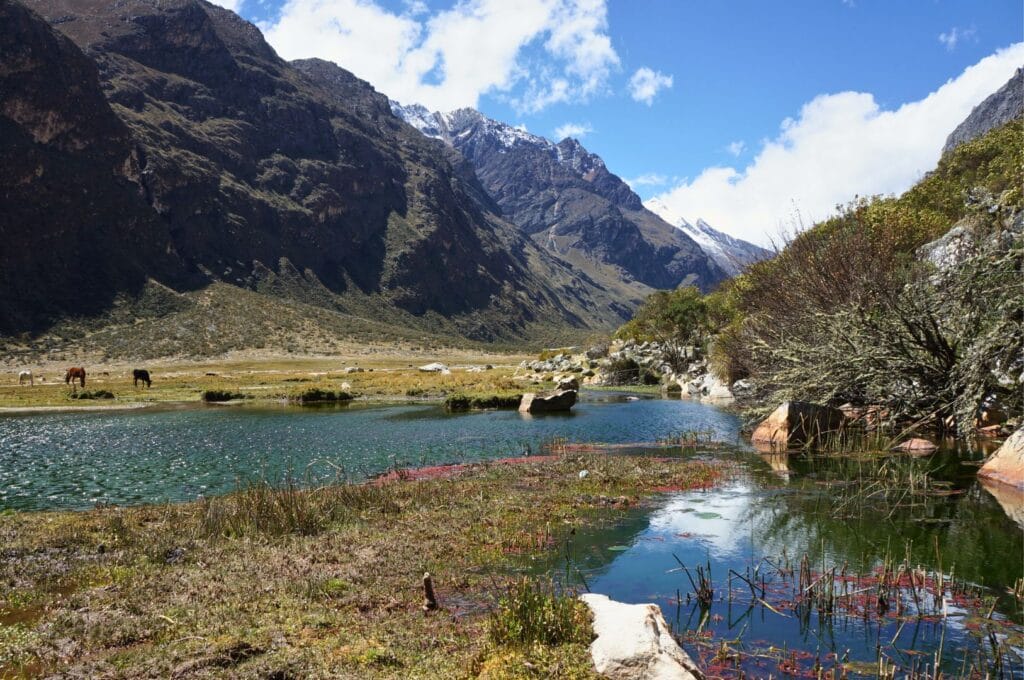
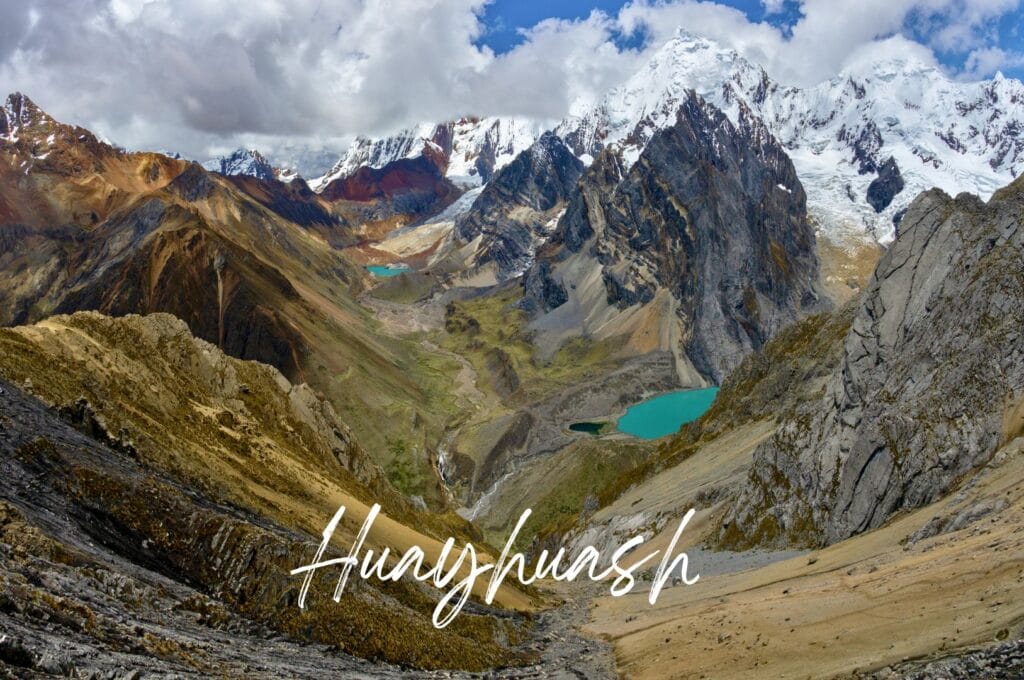
Lima was a cultural and gastronomic stop for us; we really liked the city's vibe but especially it's where we had our best Peruvian meals! An essential stop for 2-3 days with a visit to the Plaza de Armas surrounded by colonial buildings and its cathedral; a walk on the Malecón, a path that runs along the cliff of the Miraflores neighborhood overlooking the Peruvian coast... Don't miss the Huaca Pucllana pyramids located right in Lima!
In terms of gastronomy, don't forget to try the famous ceviche, the national dish of Peru! One thing we like to do when we arrive in a big city is a free walking tour! The principle is simple: you take a guided tour of the city and at the end, you leave a tip for the guide. It's a good way to tour Lima's attractions without spending a fortune.
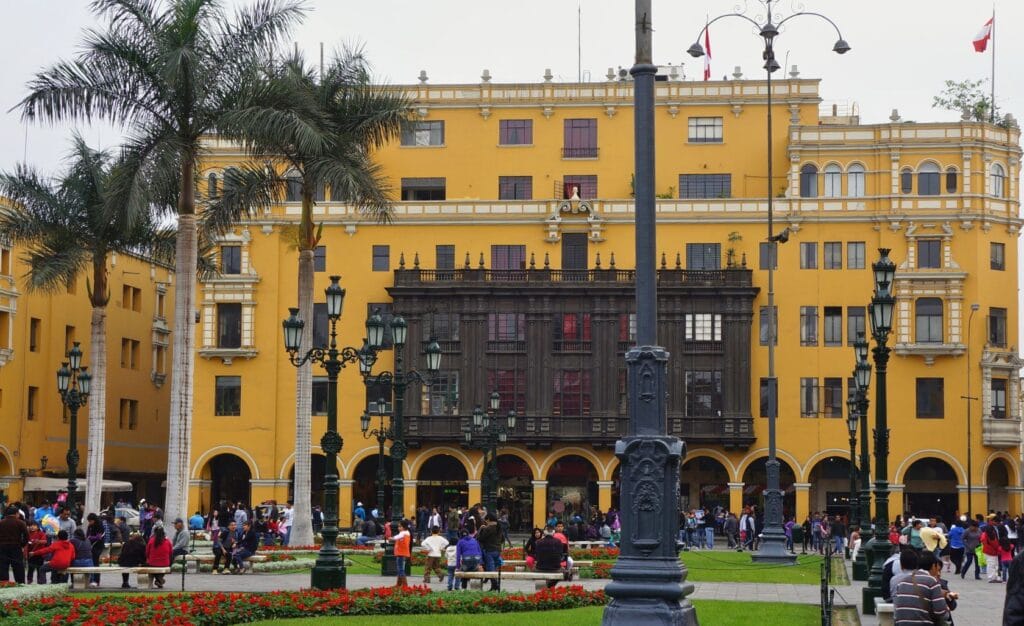
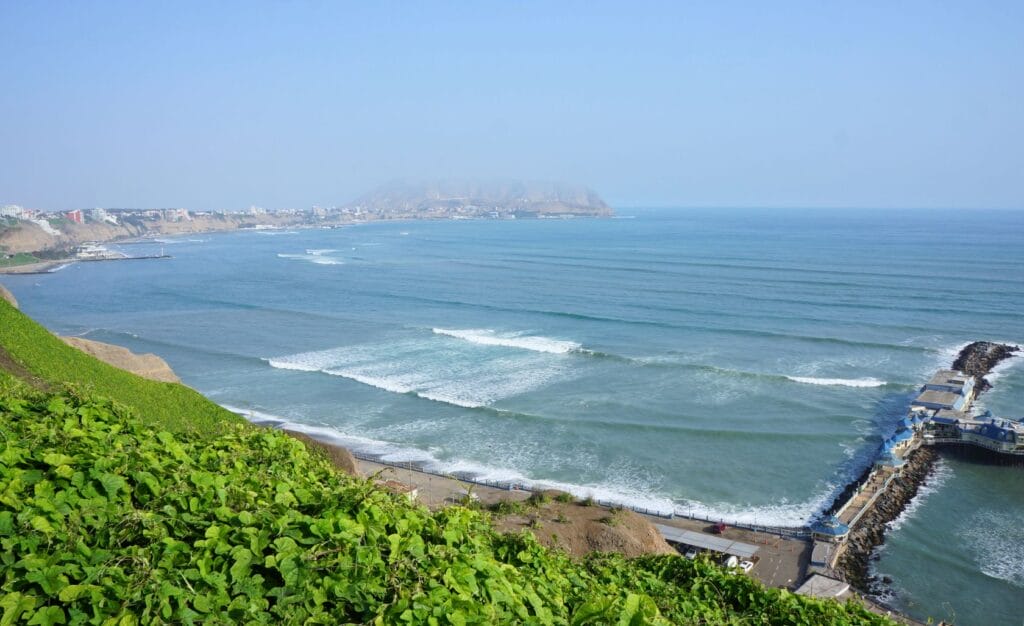
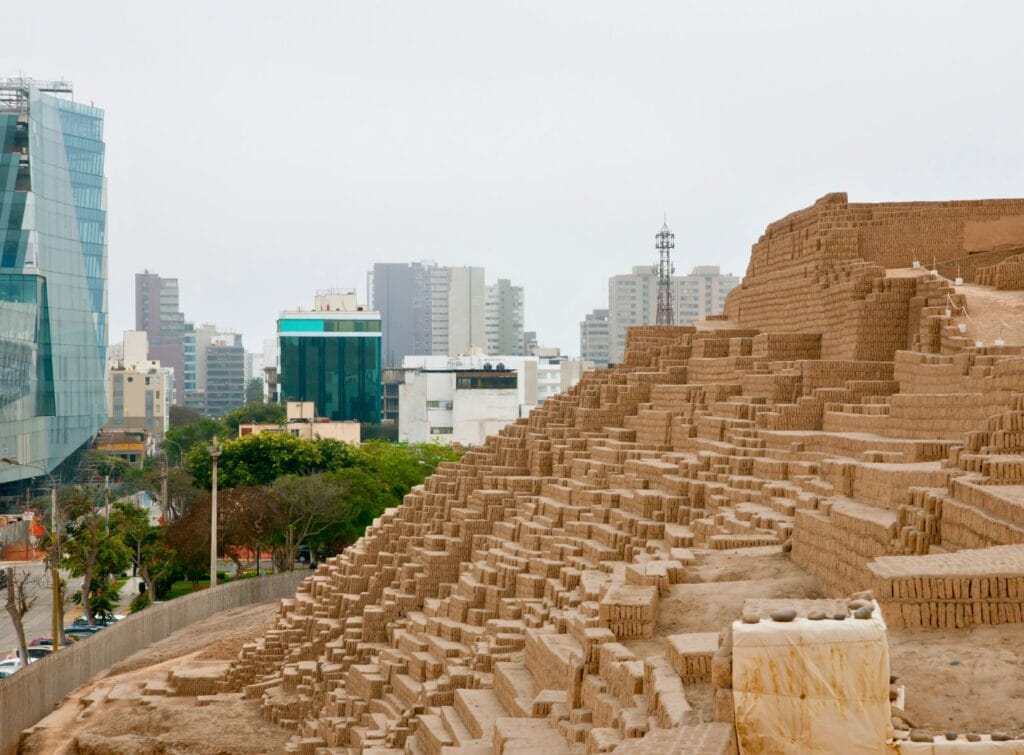
If you want to spend more time in Lima, here are some activity ideas in and around the capital:
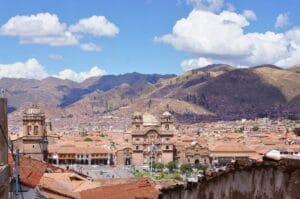
Cusco is the classic destination in Peru! We admit, we stayed there for 4 days but we weren't the biggest fans of the somewhat Disney-esque side of some areas. But it must be admitted that the region is sublime and definitely worth a visit! Moreover, this former Inca capital is perfect for acclimatizing gently before tackling various hikes in the Andes.
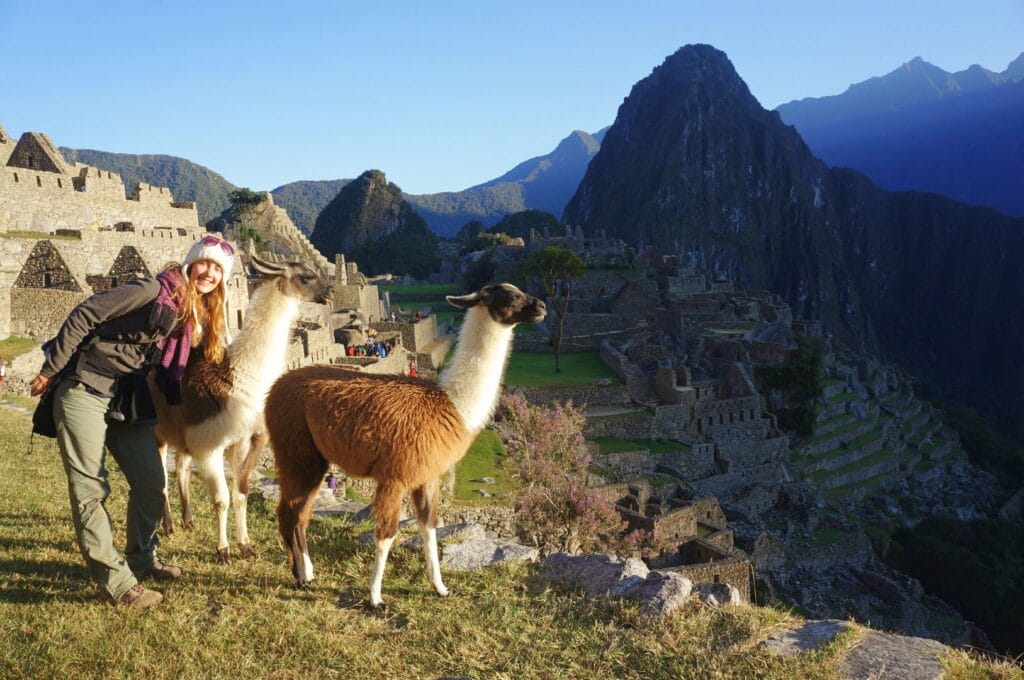
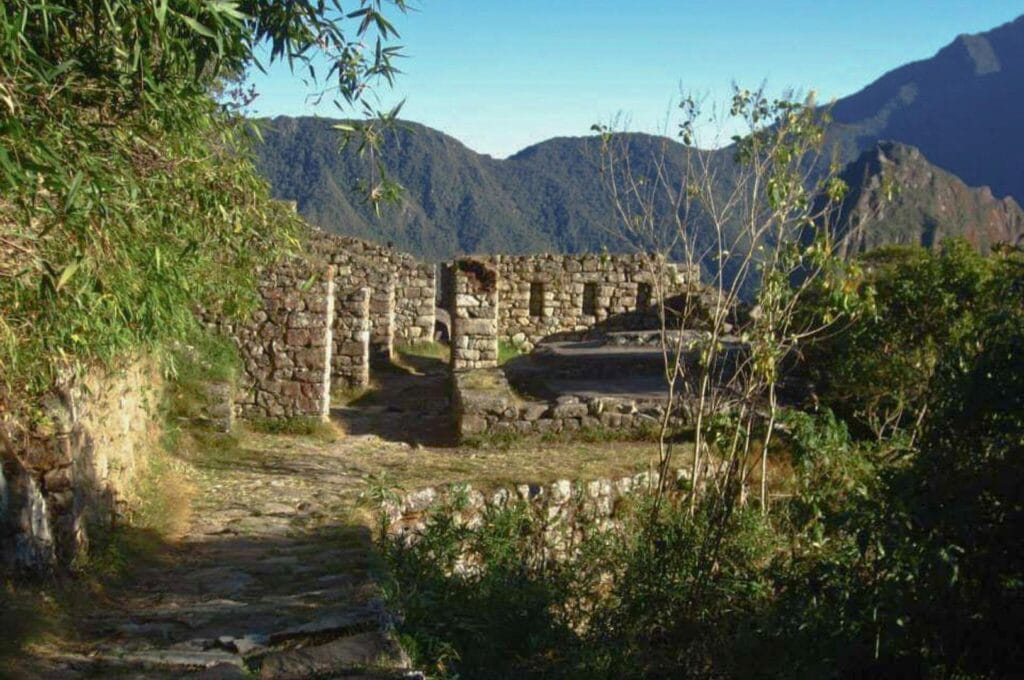
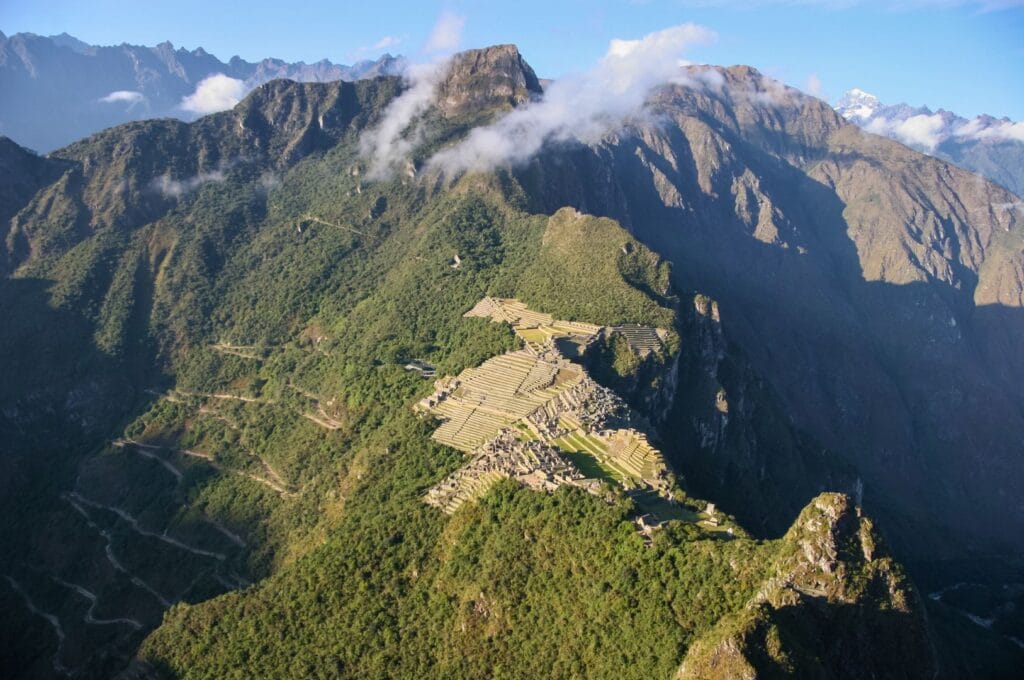
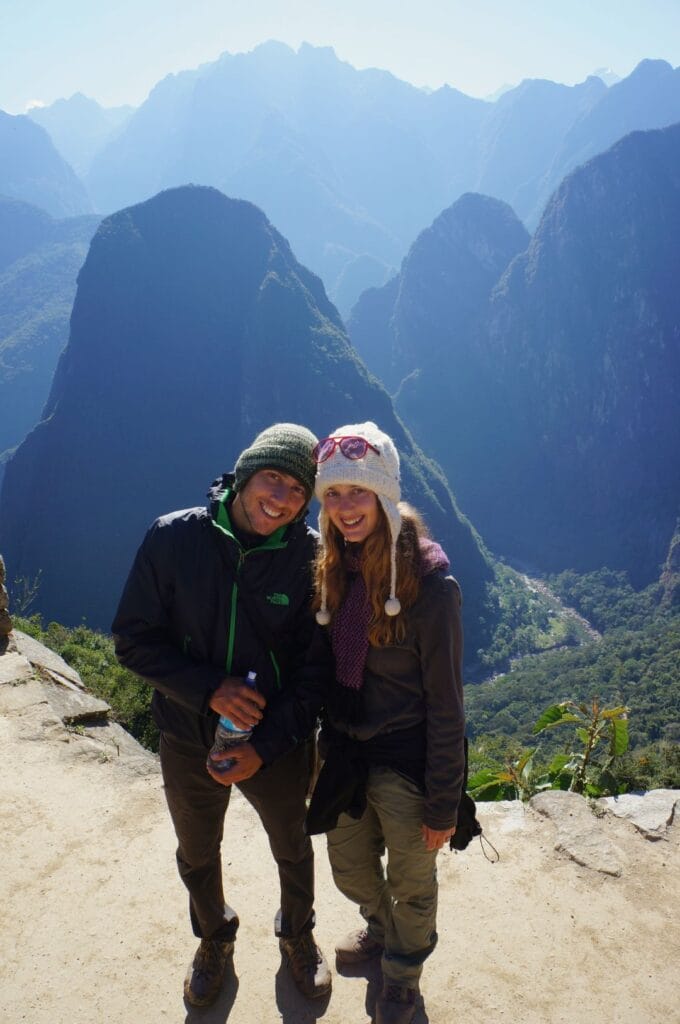
It's also in Cusco that most treks are organized for Machu Picchu. In this region, we did one of our most beautiful treks of the world tour: 9 days independently to reach Choquequirao and Machu Picchu.
Read our article on the Machu Picchu trek
You have certainly already seen photos of Vinicunca, commonly called the Rainbow Mountain.
Located 3 hours 30 minutes by road from Cusco, it is unique... and not at the same time. If you then go to Argentina, especially in the north of Salta, you will see other colorful mountains that are a bit more accessible.
Indeed, Vinicunca is not easily tamed. It's a difficult 3-4 hour hike where you will be at high altitude. So, acclimatization in Cusco before the trek is mandatory!
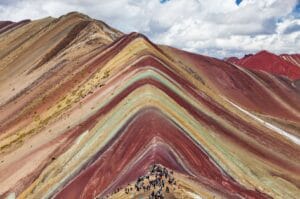
This trek can be done independently or with organized tours from Cusco and you can even combine it with Machu Picchu.
An alternative is to go to Palcoyo, another rainbow mountain located 40 km from Vinicunca; it's more accessible and less popular than Rainbow Mountain.
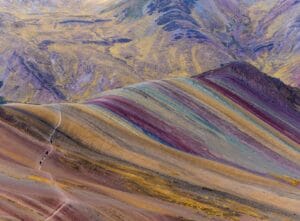
This is an area we didn't explore at all but these stops can replace Huaraz if you're not into hiking.
Paracas National Reserve is located on a peninsula less than a 4-hour drive from Lima. There, it's the meeting of the ocean and the desert where hundreds of bird species, mammals, and fish have found refuge. The beaches are also worth a look and the desert areas will suit thrill-seekers (buggy, sandboarding...).
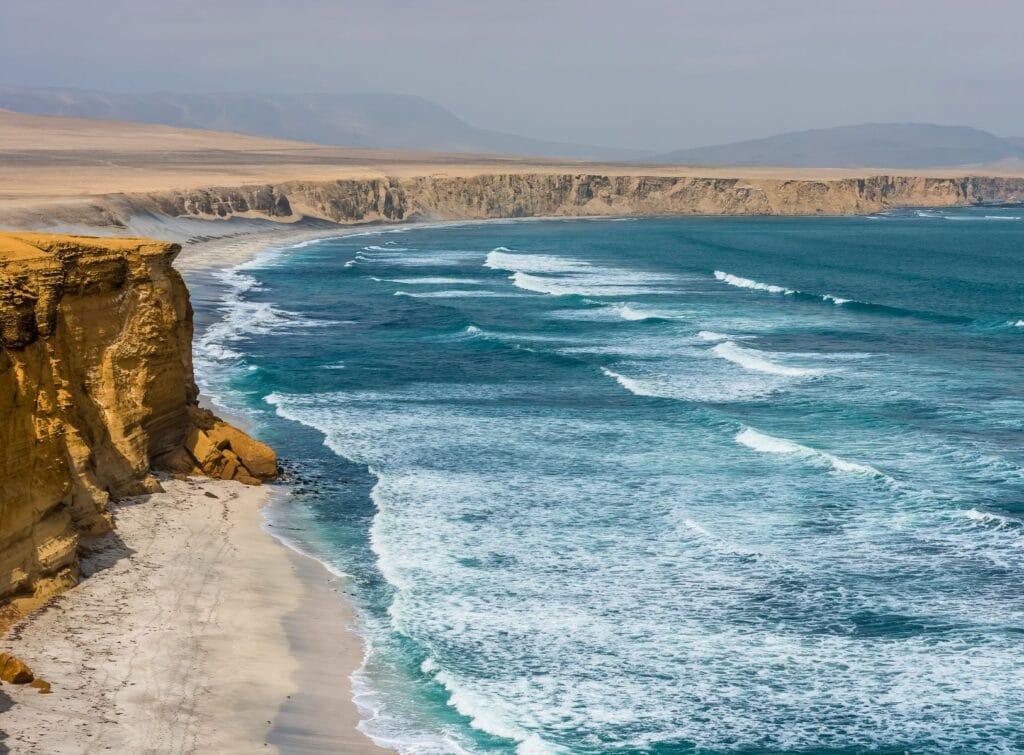
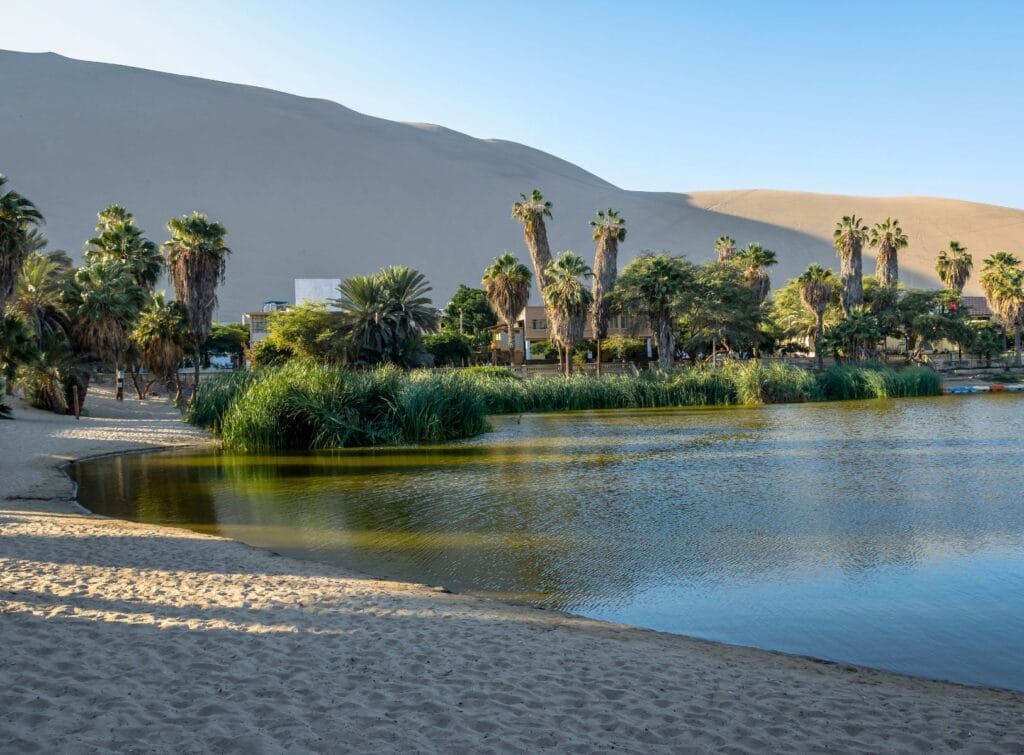
Paracas is also the starting point to discover the Ballestas Islands and its significant colony of sea lions, as well as the Huacachina Oasis.
Find tours for Paracas here. Apart from the car, there are no transports that go there...
Arequipa is the second largest city in Peru and is a great stop to discover another facet of the country. Known for its white buildings made of ignimbrite (or sillar), a rock formed from volcanic debris, it is nicknamed the White City. Don't miss its historic center and the Santa Catalina convent, which is beautiful!
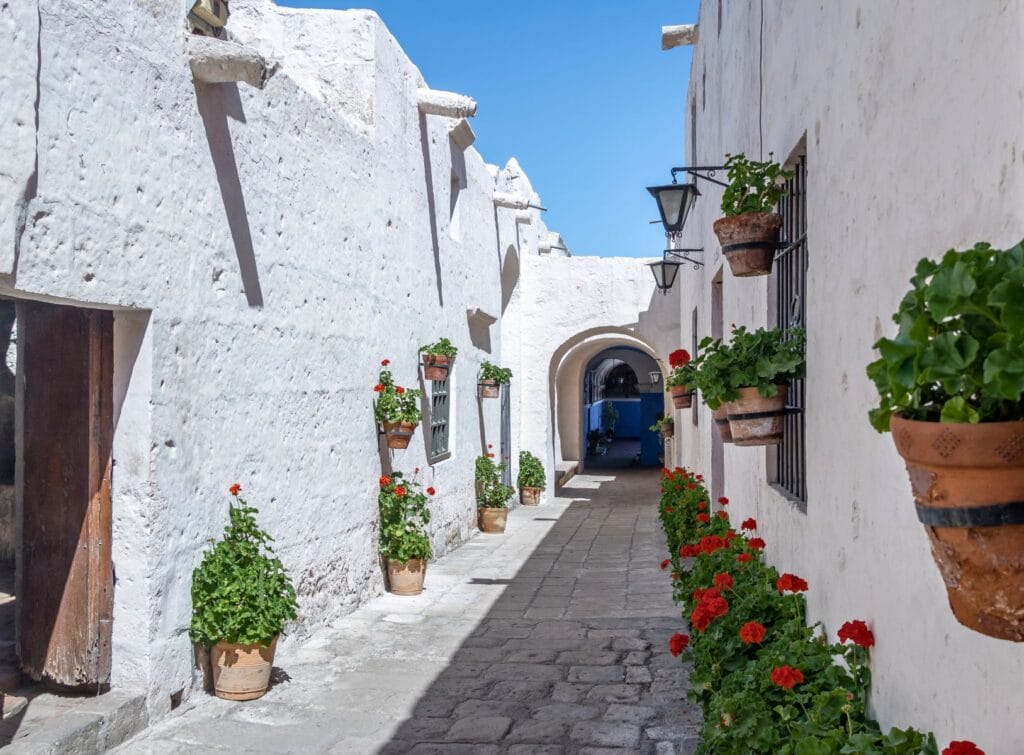
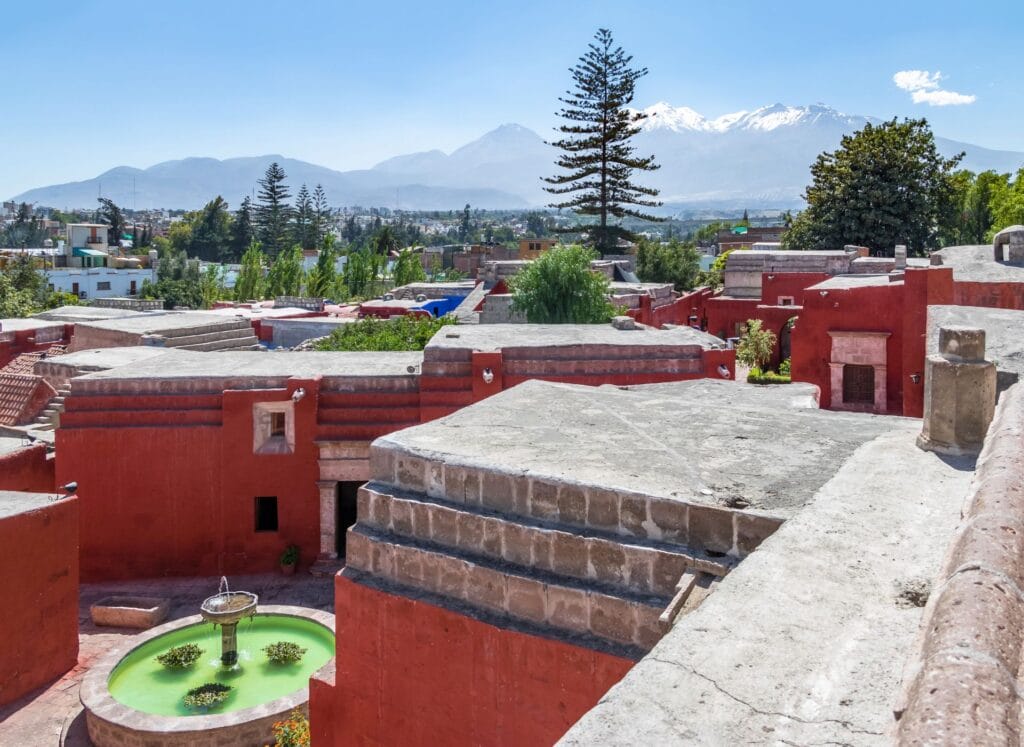
Arequipa is also the starting point for the Colca Canyon, the second-deepest canyon in the world! There are multiple trekking options. We recommend this site with all the necessary information and this one for organized tours from Arequipa.
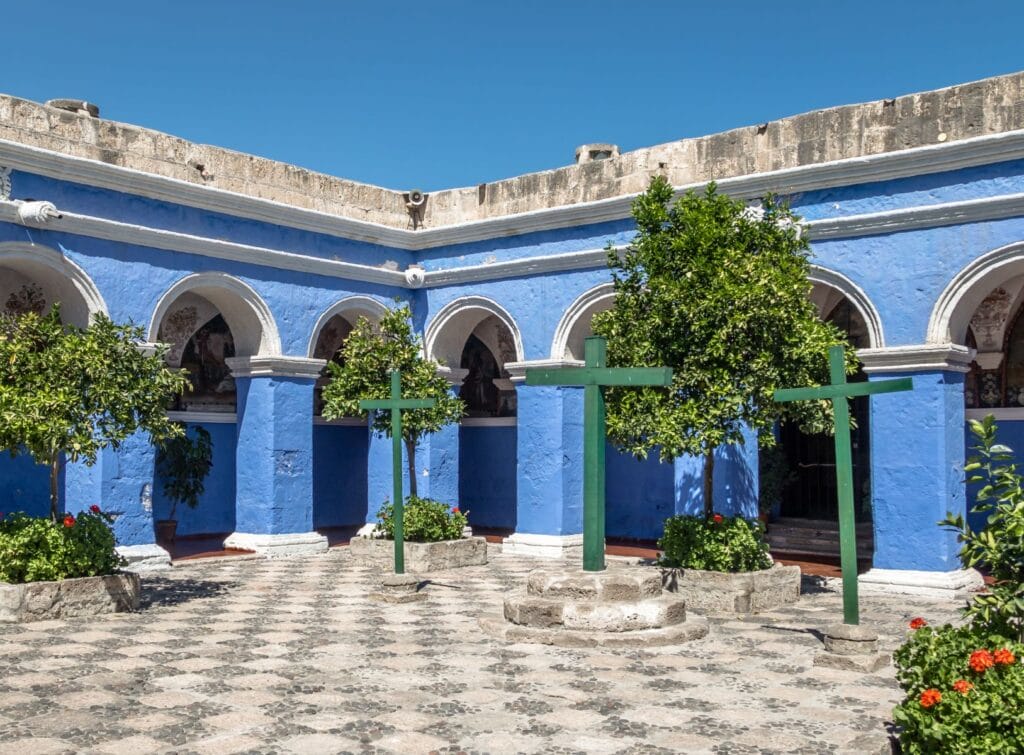
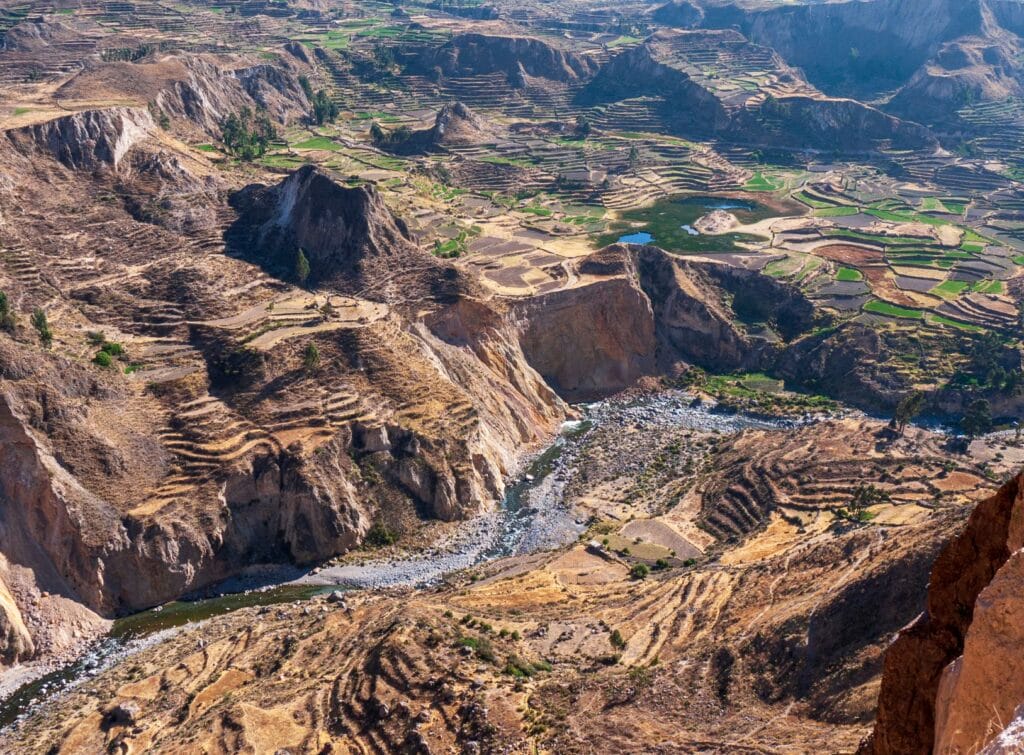
If you're in Peru and a visit to Bolivia isn't on the agenda, it might be worth your while to push on to the famous Lake Titicaca, located on the border between the 2 countries! Each side has its own attractions, and we can't recommend going there enough, whether to feast on the trout, admire the sunsets or discover the islands! On the Peruvian side, the best-known are the floating Uros islands, but there are many more to explore. To help you get organized, we've written a whole article about our visit to Lake Titicaca.
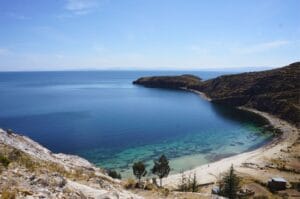
During our journey in Latin America, we decided to take Spanish lessons when we arrived on the continent! So, as our first South American stop was planned in Ecuador, we took them in Quito. But there are quite a few travelers who opt for courses in Peru.
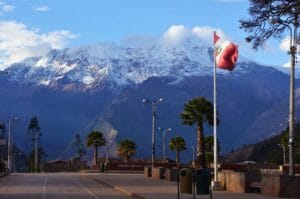
If you want our opinion, even though language courses are offered in all Peruvian cities, the best city to take courses is probably Cusco! The courses there are cheaper compared to the capital, and you are close to many points of interest!
Peruvian Spanish is relatively easy to understand; they speak much slower than Chileans, for example. Note that alongside Spanish, a few indigenous languages are still spoken in certain regions such as Quechua, Aymara, Kawki, or even Aguaruna.
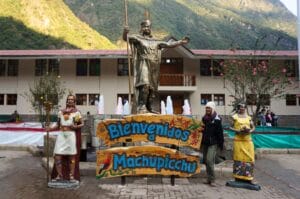
Peru is a country that lends itself very well to backpacking. During our stay, we absolutely organized everything ourselves, generally booking our accommodations directly on-site and arranging our local transport day by day. However, we understand that this might not be everyone's cup of tea.
If you want help with organization, then we recommend checking out the Evaneos website. Evaneos exclusively works with local agencies and guarantees a very competitive price while carefully selecting the local agents they work with. They offer 100% organized group or individual trips, but they also have freedom formulas where only accommodations, transport, and a few visits are organized. This is a good compromise for travelers who want to remain free while freeing themselves from logistical concerns. All circuits are tailor-made, and quotes are free.
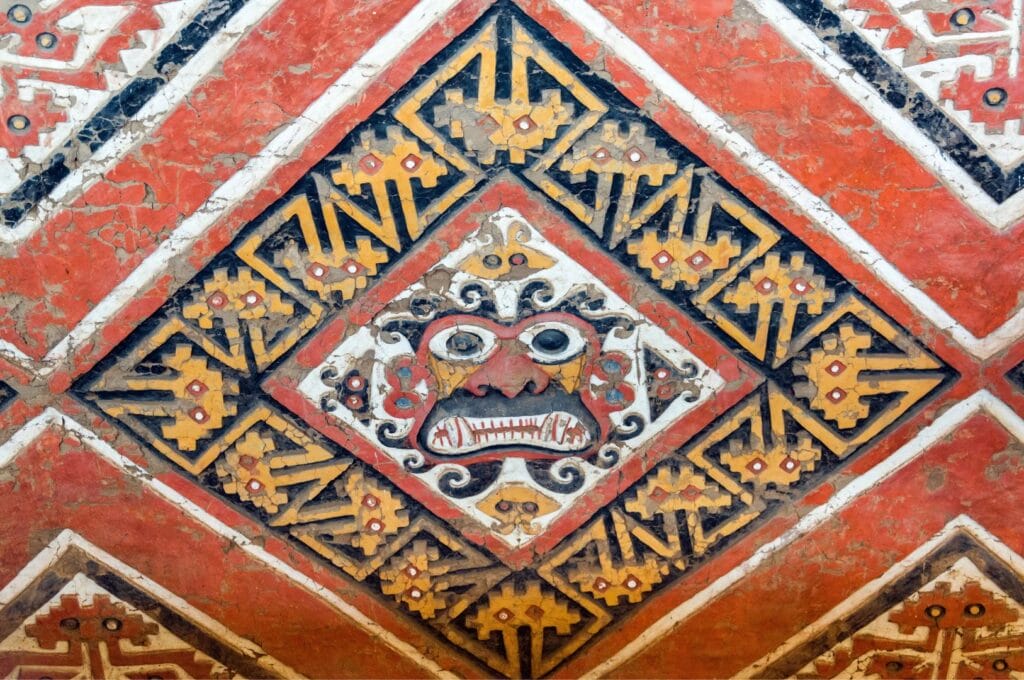
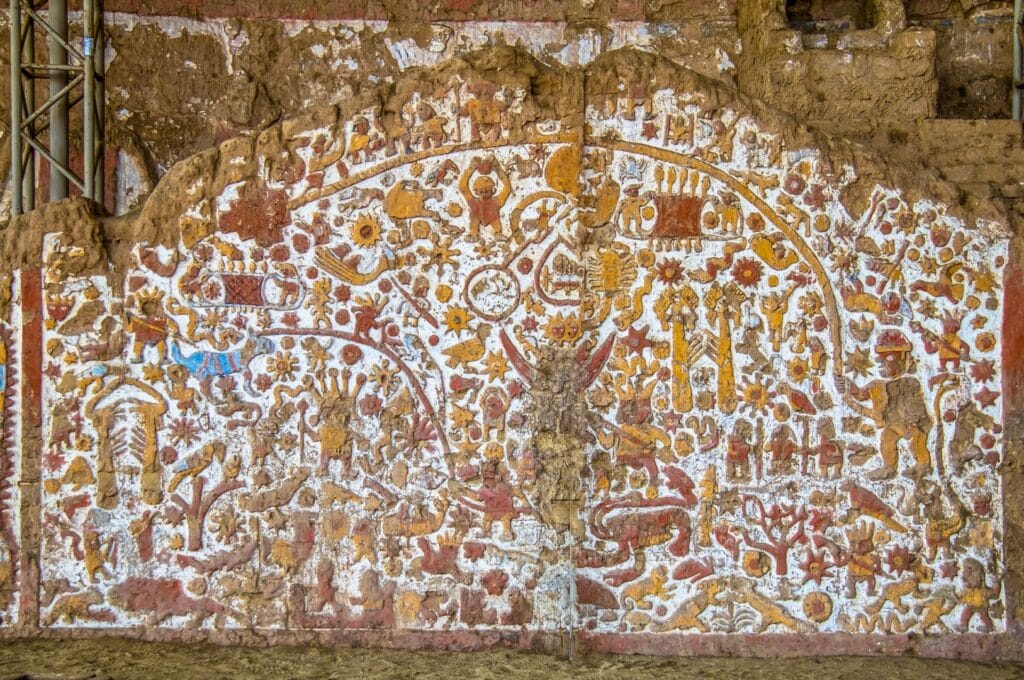
Peru has 3 international airports:
As Lima is a hub, we advise you to land and depart from the capital; tickets will be cheaper compared to the other two cities. For a direct round trip from Paris to Lima, tickets cost around 1000 euros during the high tourist season, between May and November (with a peak in July and August), and it can go up to 1700 euros! Off-season, one-way tickets are a bit cheaper, not exceeding 1200 euros. To lower the bill, many flights include layovers, but these are often very long.
If you are on a round-the-world trip and wish to cross the border between Ecuador and Peru, know that it can be done very well as explained in the Trujillo and Chiclayo article.
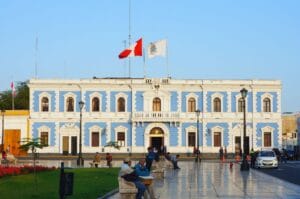
To find the best flight prices to Peru, we invite you to compare tickets on Skyscanner and use price alerts to be notified when prices drop.
This article contains affiliate links to partner sites. When you use our links to book accommodation, a car, or an activity, you don’t pay anything extra, but we get a small commission. This helps us to offer you free, independent, and ad-free content. Thank you for your support!
Whether it's backpacking or a more organized trip, Peru is a country that caters to all types of travel! However, the way you travel will obviously impact your budget.
In Peru, the official currency is the Peruvian sol (SOL or PEN), and all payments are made in this currency. The current exchange rate is 1 euro = 3.95 soles. The currency is quite stable, but be sure to check the current rate before your departure!
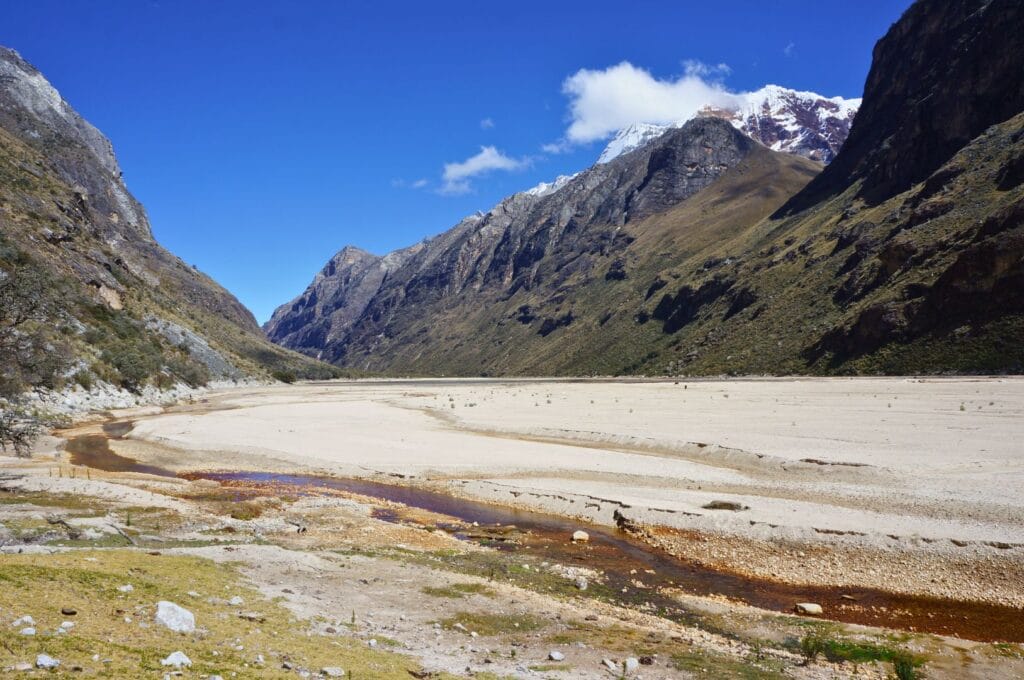
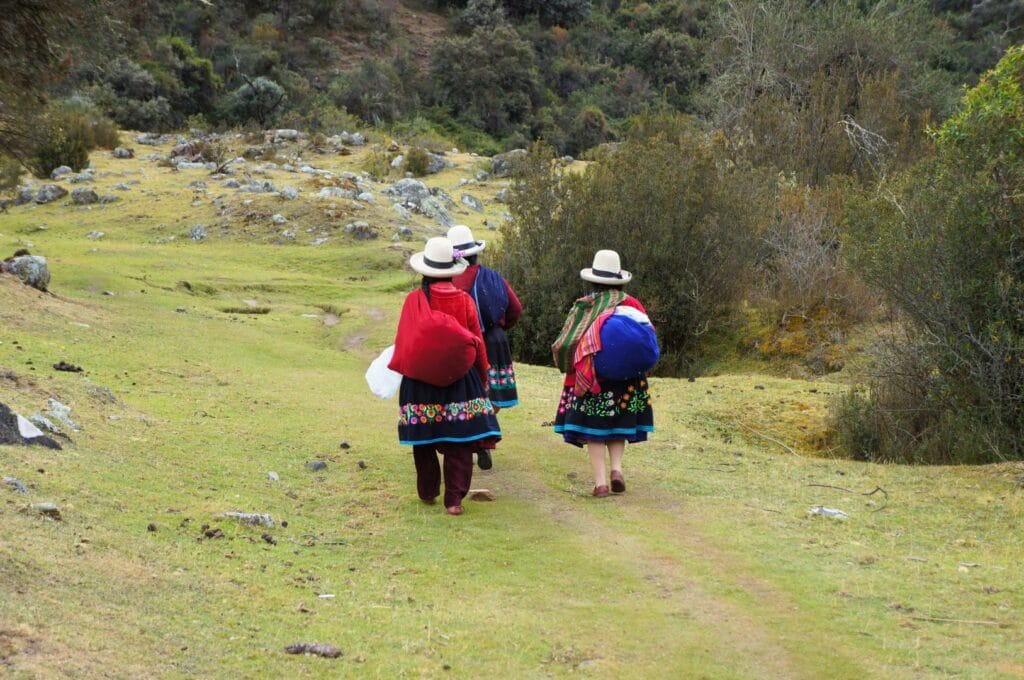
It's very easy to withdraw money from the numerous ATMs as they accept the majority of international cards. To limit bank fees, we advise you to ensure that your bank does not charge fees, or alternatively, to subscribe to an online bank like N26.
Traveling in Peru is not very expensive, although, of course, it always depends on your way of traveling and your expectations in terms of comfort. To give you an idea, I would say that an average backpacking budget should be around 30 euros per day. For our part, we did a lot of hiking and trekking, which saved us several nights of hotel stays. As a result, our daily budget in Peru dropped to less than 21 euros per day. If you want more information, we recommend reading the article in which we detail all our expenses in Peru.
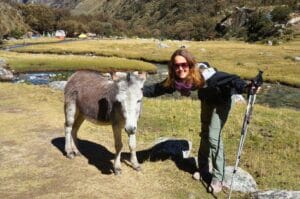
We traveled to Peru during the dry season and peak tourist influx. However, we did not book our accommodations in advance. In the end, we spent 10 nights camping during the treks, and for the nights in proper accommodations, we did not fuss and often took the first hotel or hostel we saw, resulting in somewhat mixed reviews overall. If basic comfort doesn't bother you, getting a room at the last minute shouldn't be a problem.
However, if you're passing through popular tourist spots like Aguas Calientes or the Cordillera Blanca, we recommend booking your nights. To find your next accommodation at the best price in Peru, you can compare rates on the map below. Enter your travel dates and apply the filters that suit you.
If you are French, Swiss, Belgian, or Canadian and plan to visit Peru for purely tourist purposes for less than 3 months, then the good news is that you do not need a visa! For most European citizens, Peru simply issues a stay permit upon arrival in the country, whether by air or land.
To enter Peru, you simply need a valid passport with an expiration date of more than 6 months after the date of entry into Peruvian territory. Note that you may be asked for proof of exit from the territory. In such cases, your return ticket or a cancellable hotel reservation in a neighboring country may suffice.
In total, for tourist purposes, you are not allowed to stay more than 90 calendar days in a period of 180 days. To stay in Peru for more than 90 days, you must therefore leave the country and return. Otherwise, you will be required to pay a fine of 5.1 soles per day exceeded at the time of leaving the country.
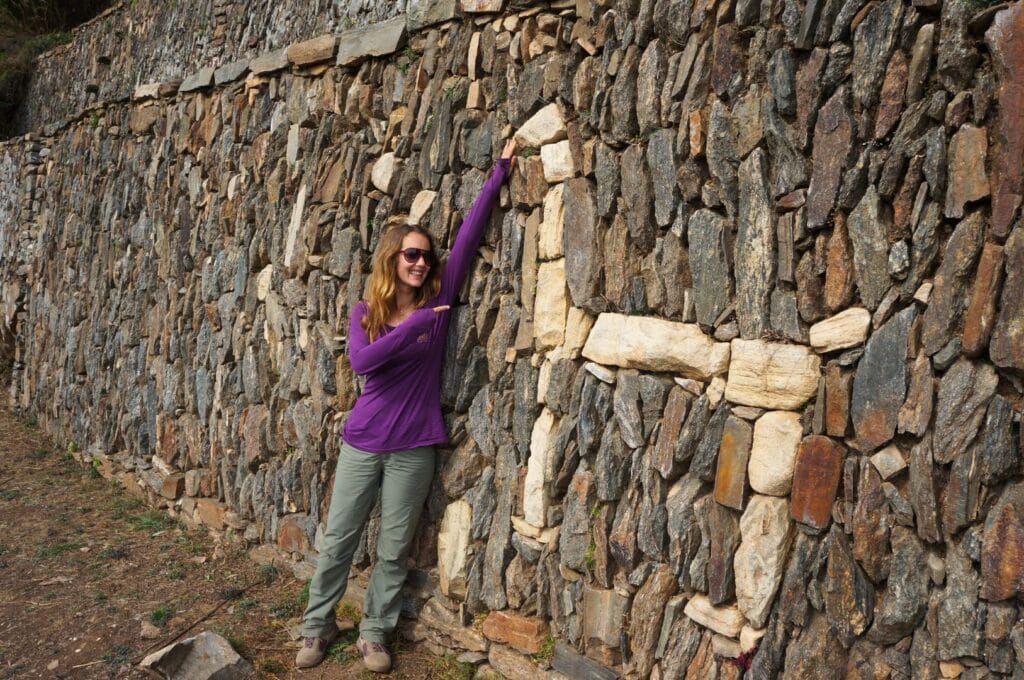

There are no longer any COVID-19-related measures for traveling to Peru. Find the latest updates on the US embassy in Peru website.
No vaccines are mandatory for visiting Peru. However, some are recommended:
Malaria is present in South America, but due to the high altitudes, Peru is somewhat spared. The risk areas extend roughly to the northeast of the country, between the Ecuadorian and Brazilian borders, the Andes, and Huaraz.
Additionally, the country faces an annual dengue epidemic between December and April in the north and west. Protection against mosquitoes is essential to prevent these diseases transmitted by their bites. For precise information on vaccines and malaria, we recommend the website of the Centers for Disease Control and Prevention.
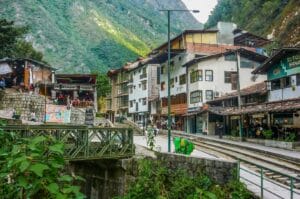
We used to think buses were great in Ecuador, but that was before we got to Peru! Here, everyone takes the bus, and it's THE way to travel from one city to another. When booking your tickets, you'll have different categories for optimal comfort depending on your journey:

As buses are legion, you'll have a choice among the numerous companies that crisscross Peru. Here are the ones we recommend for their comfort and good value.
A note on Cruz del Sur company: you'll notice that we didn't travel once with Cruz del Sur. Yet, it's the company recommended in all tourist guides and on the Internet... So, two reasons for that:
We recommend booking your tickets in advance, especially if you're taking a night bus, on this site or that one.
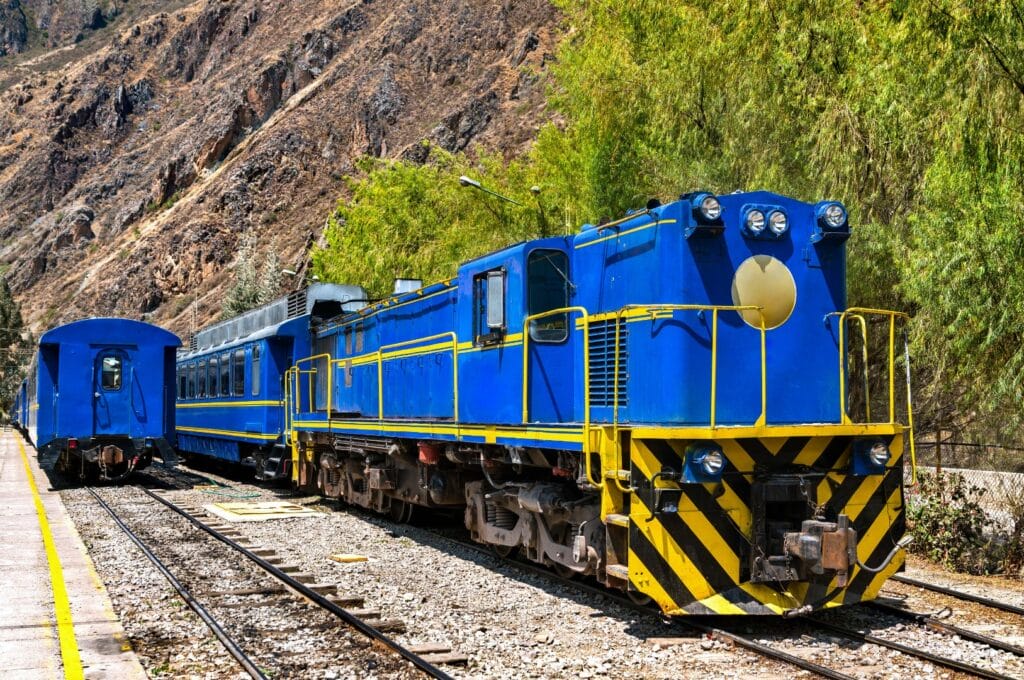
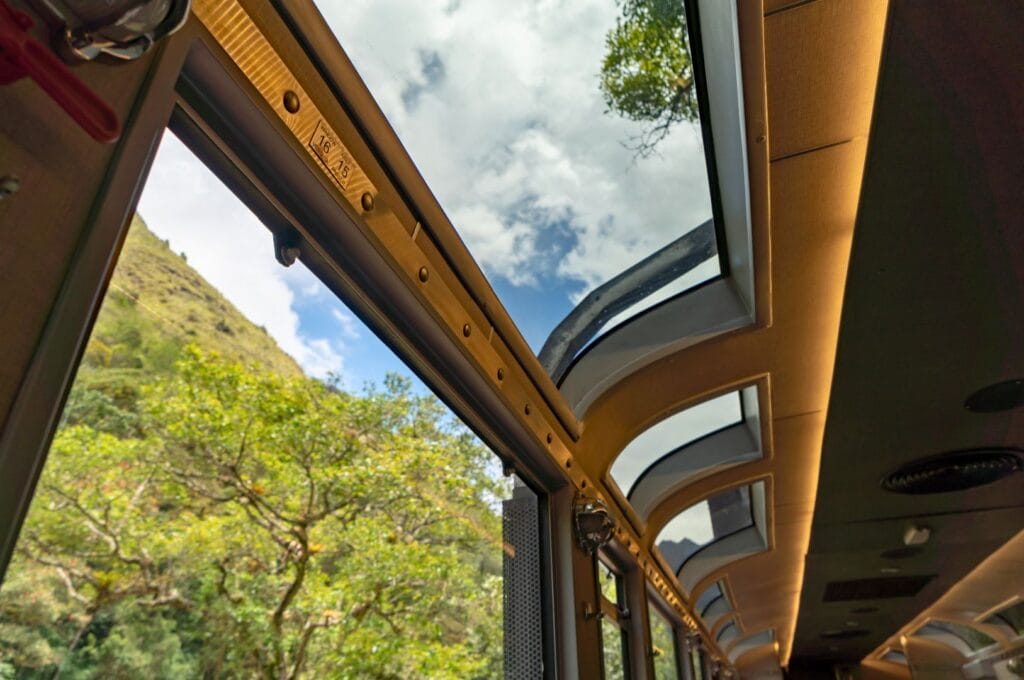
The Peruvian railway network is underdeveloped, and understandably so, taking the train in Peru is expensive! The most well-known lines (let's admit it, geared towards tourists) are probably those connecting Cusco and Hidroelectrica to Aguas Calientes, the town of Machu Picchu. From Cusco, this can be a way to explore the Sacred Valley on a panoramic train, but it's not cheap. We've written a whole section on how to get to Machu Picchu by train.
The other lines connect Lima to Huancayo and Cusco to Lake Titicaca, located on the border between Peru and Bolivia.
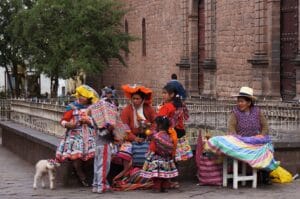
Festivities in Peru mainly follow Catholic holidays, but some regions have preserved rites inherited from ancient civilizations.
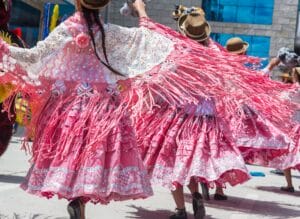
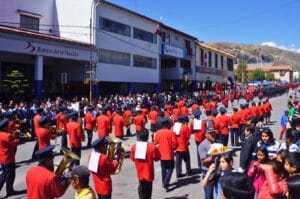
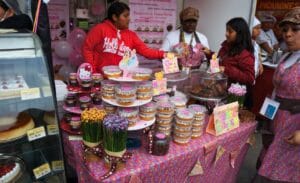
Ah, Peru and its gastronomy, a culinary story that traces the country's miscegenation through the centuries! Who said South America doesn't have great food? There's no doubt that this trip will be synonymous with culinary discoveries for your taste buds. Let's review the typical drinks, dishes, and desserts you'll encounter during your Peruvian journey.
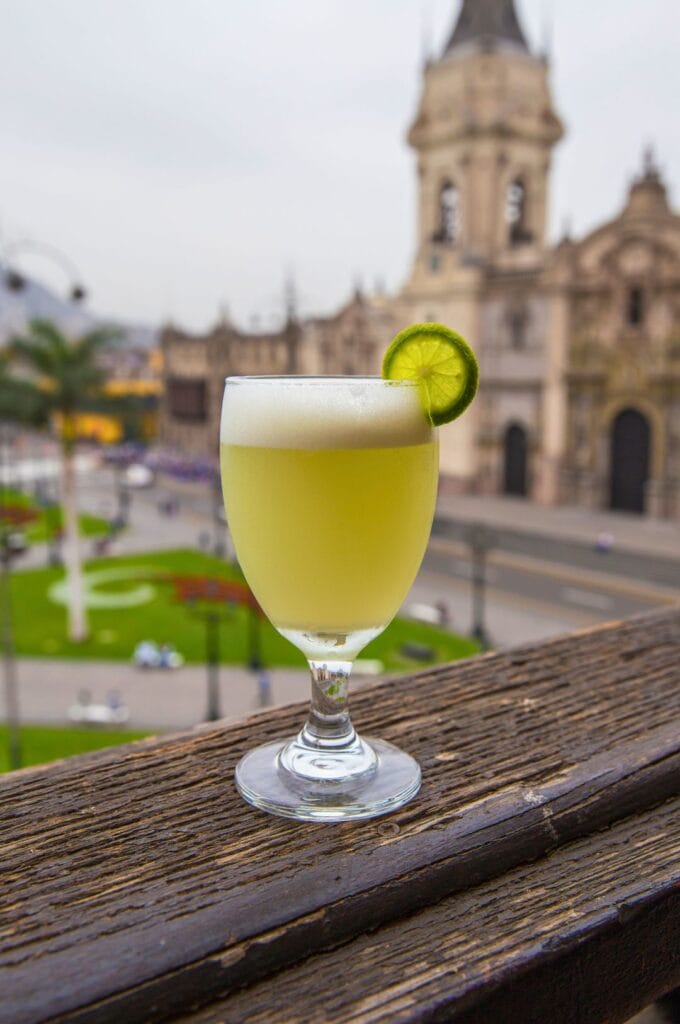
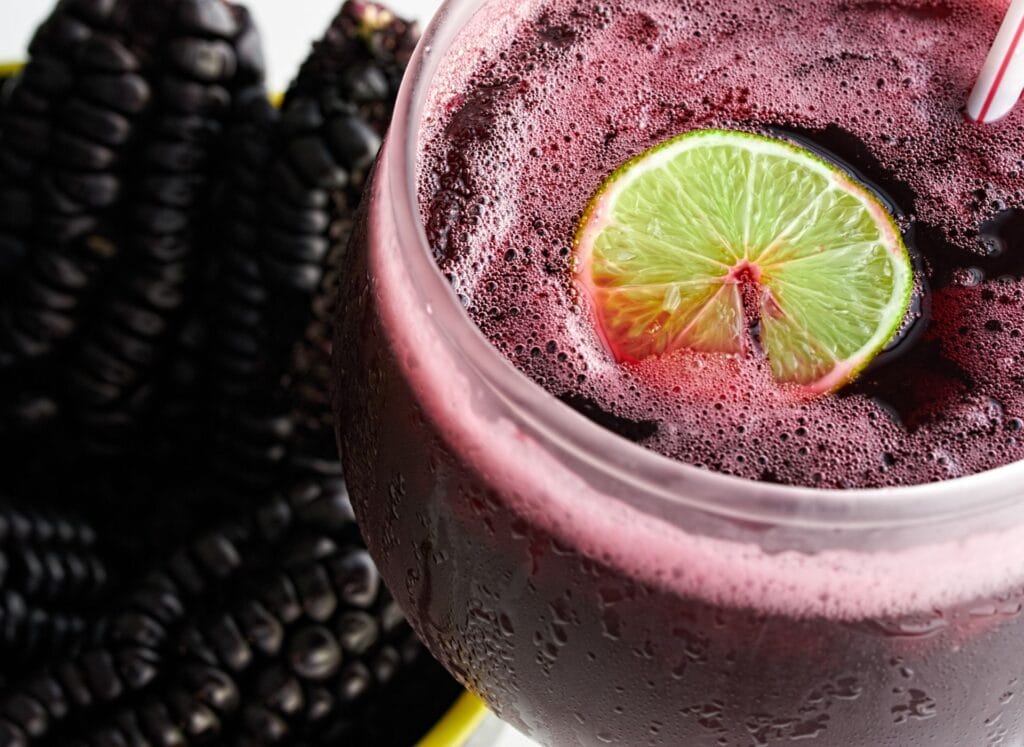
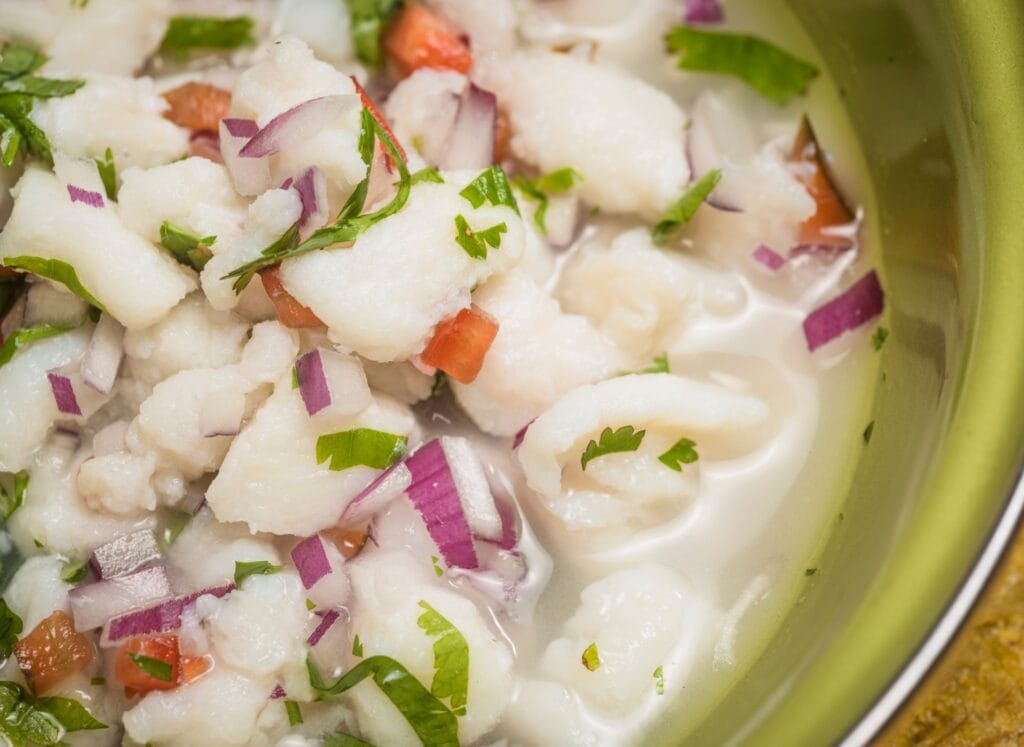
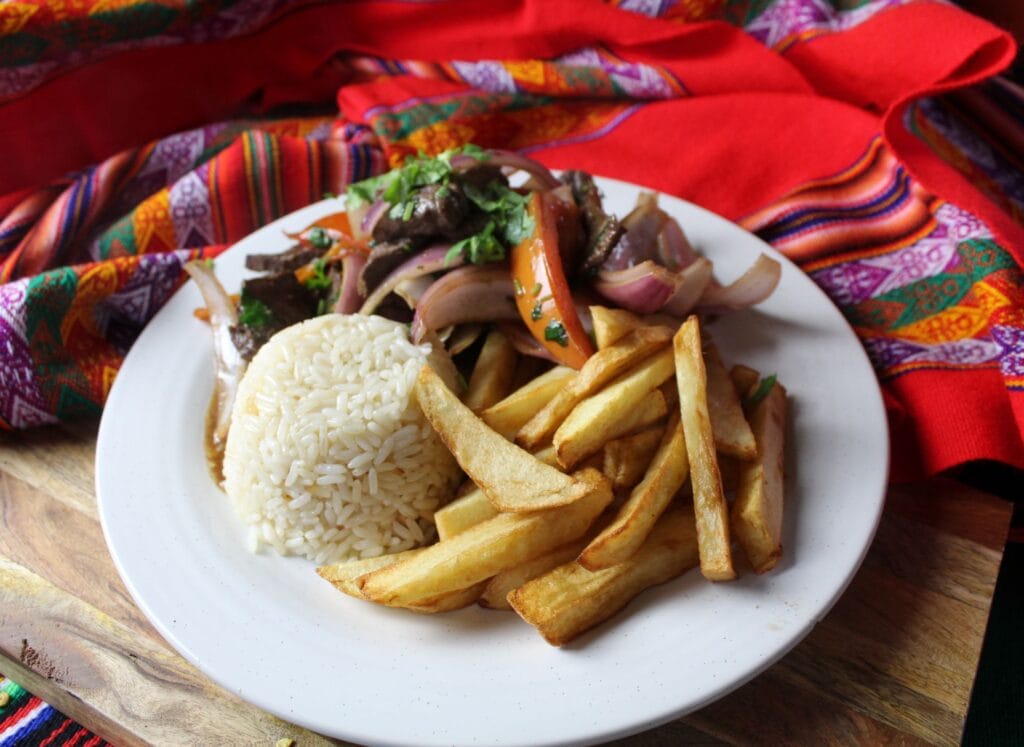
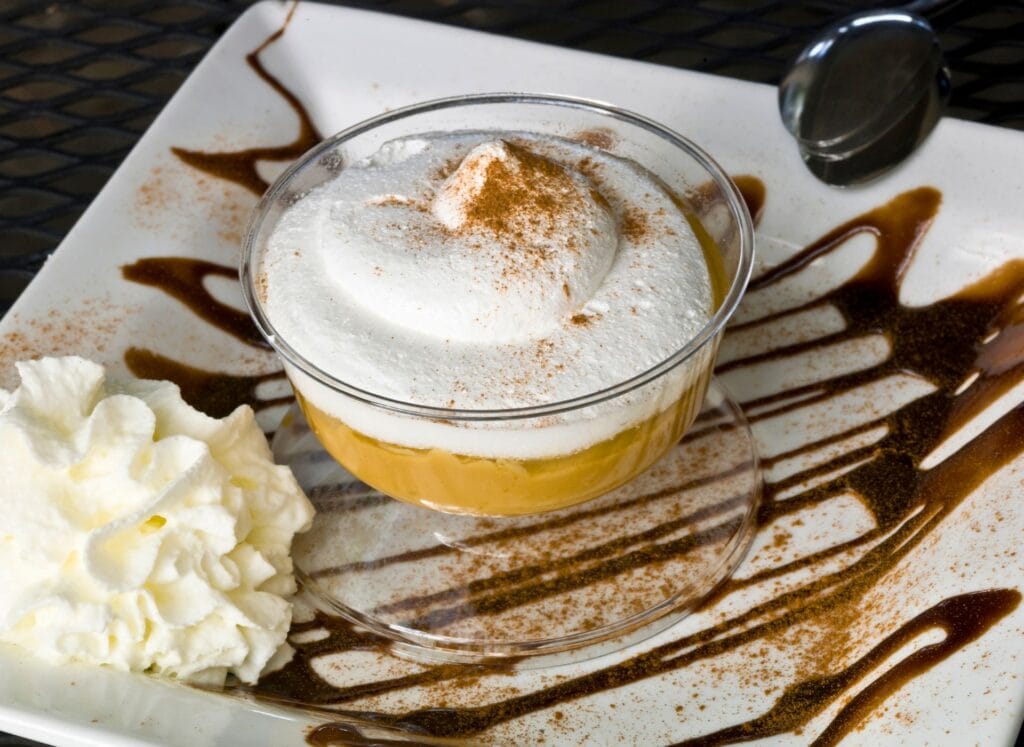
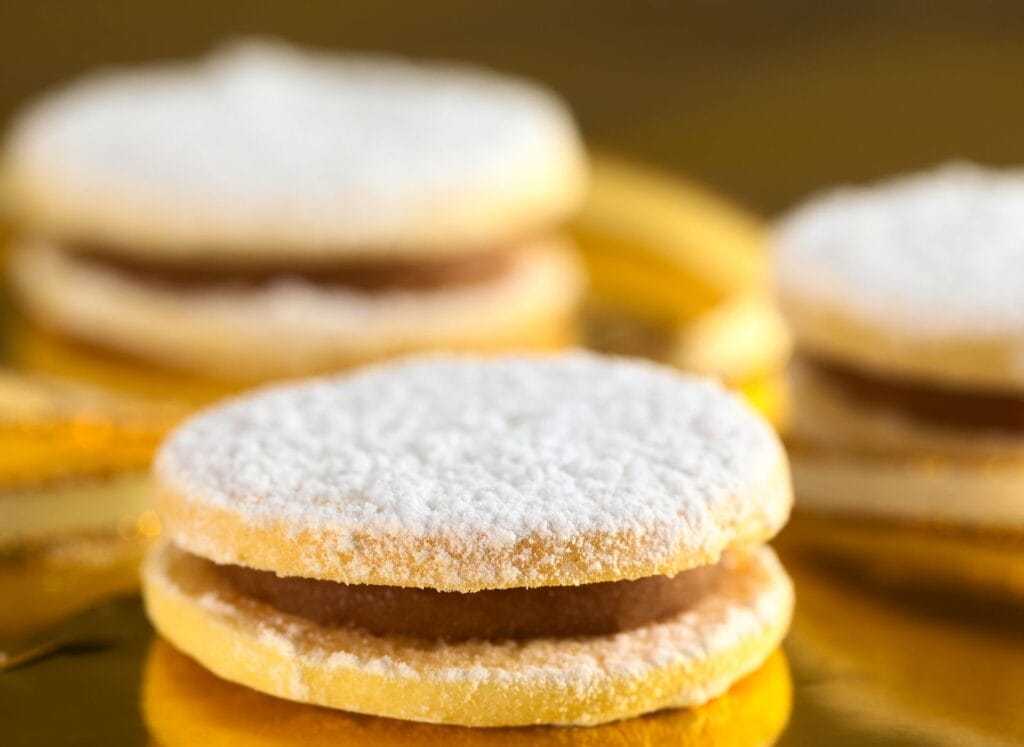
Internet is almost everywhere in Peru. The vast majority of hostels, guesthouses, and hotels offer free Wi-Fi to their guests, as do most cafes and restaurants. We had no trouble connecting, so we skipped getting a local SIM card.
Peru is in the UTC -5 time zone, meaning there is a 7-hour difference from France.
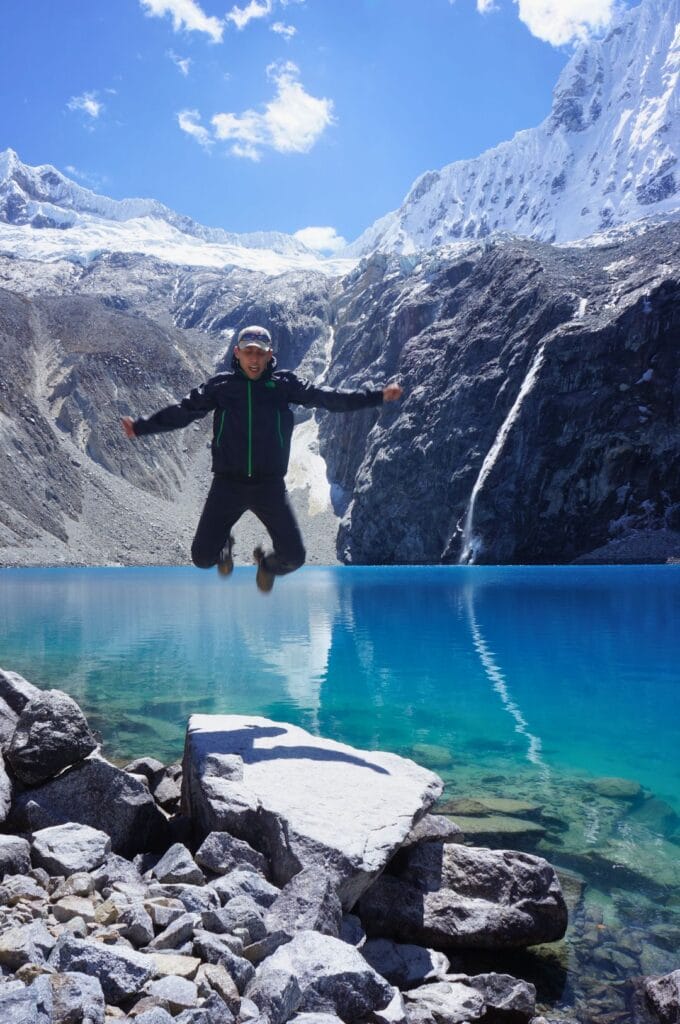
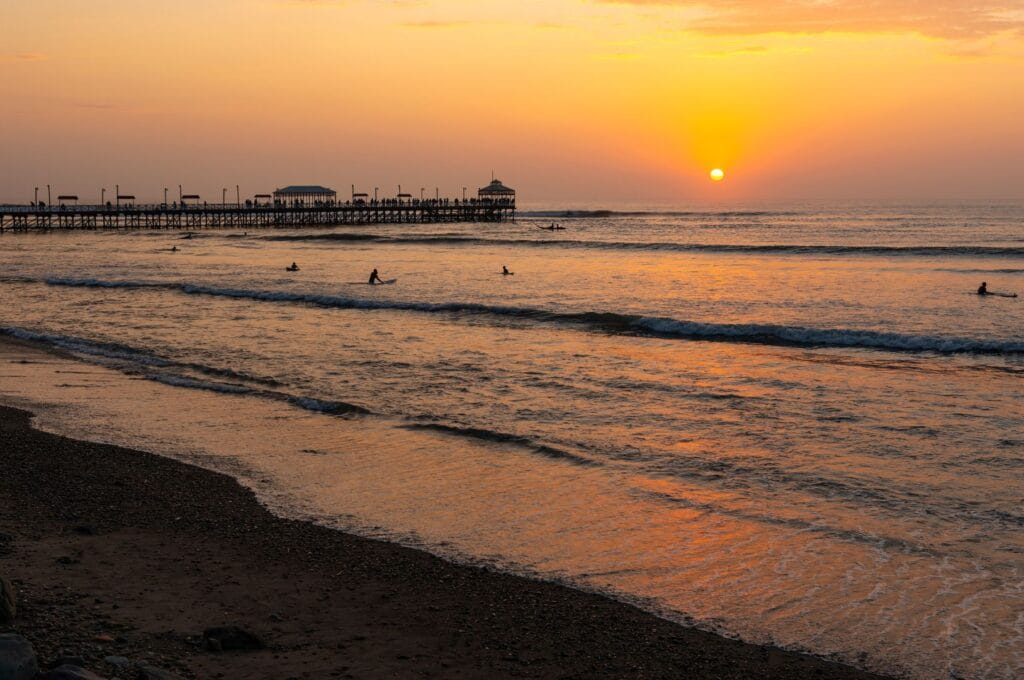
Lonely Planet Peru: a must-have to learn everything about the country!

0
Discover Lake Titicaca from Peru with the floating Uros islands or from Bolivia with the beautiful Isla del Sol. A change of scenery guaranteed!
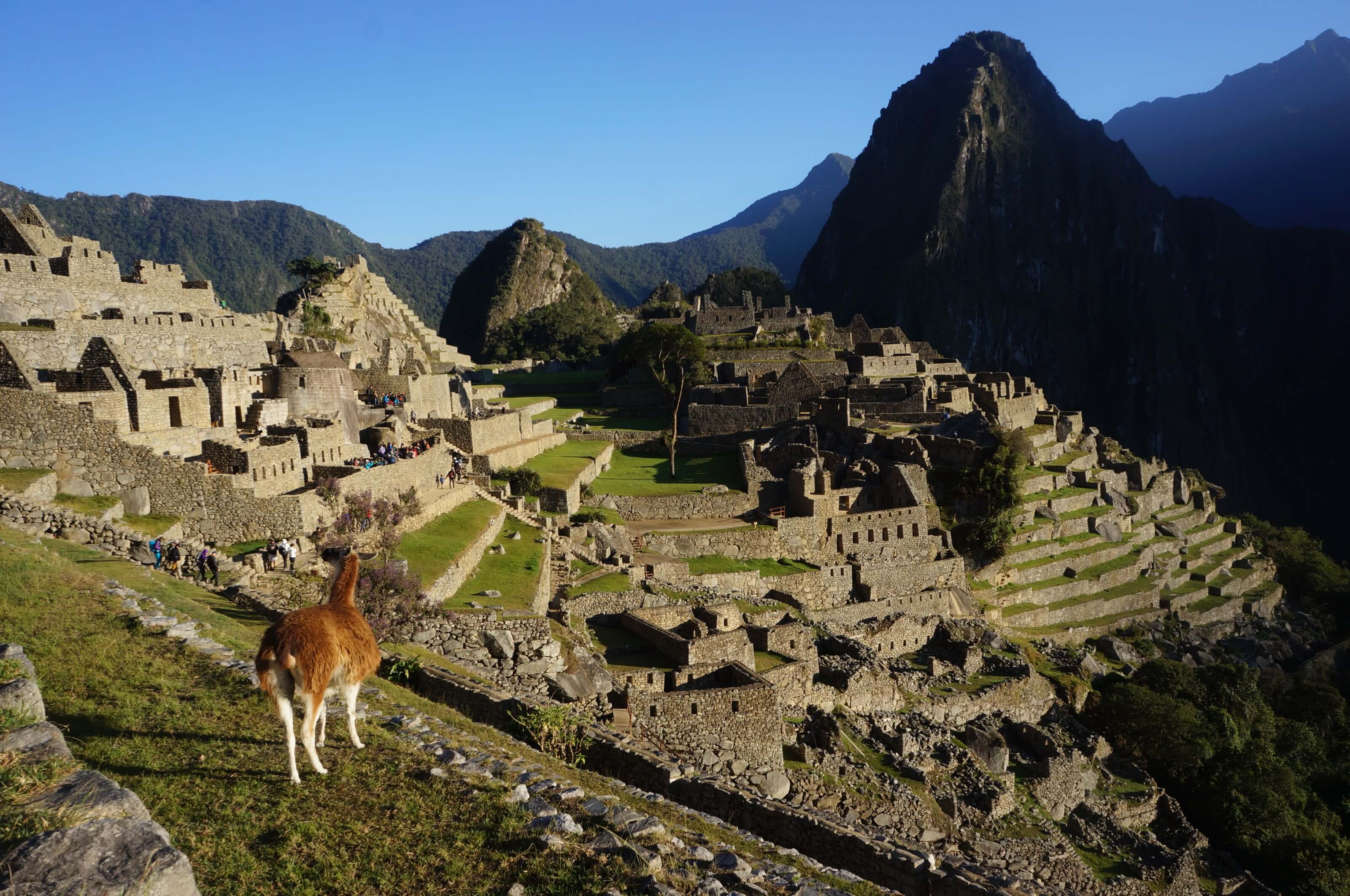
0
We spent 5 weeks backpacking through Peru. As usual, we share our figures with you to help you budget for your stay!
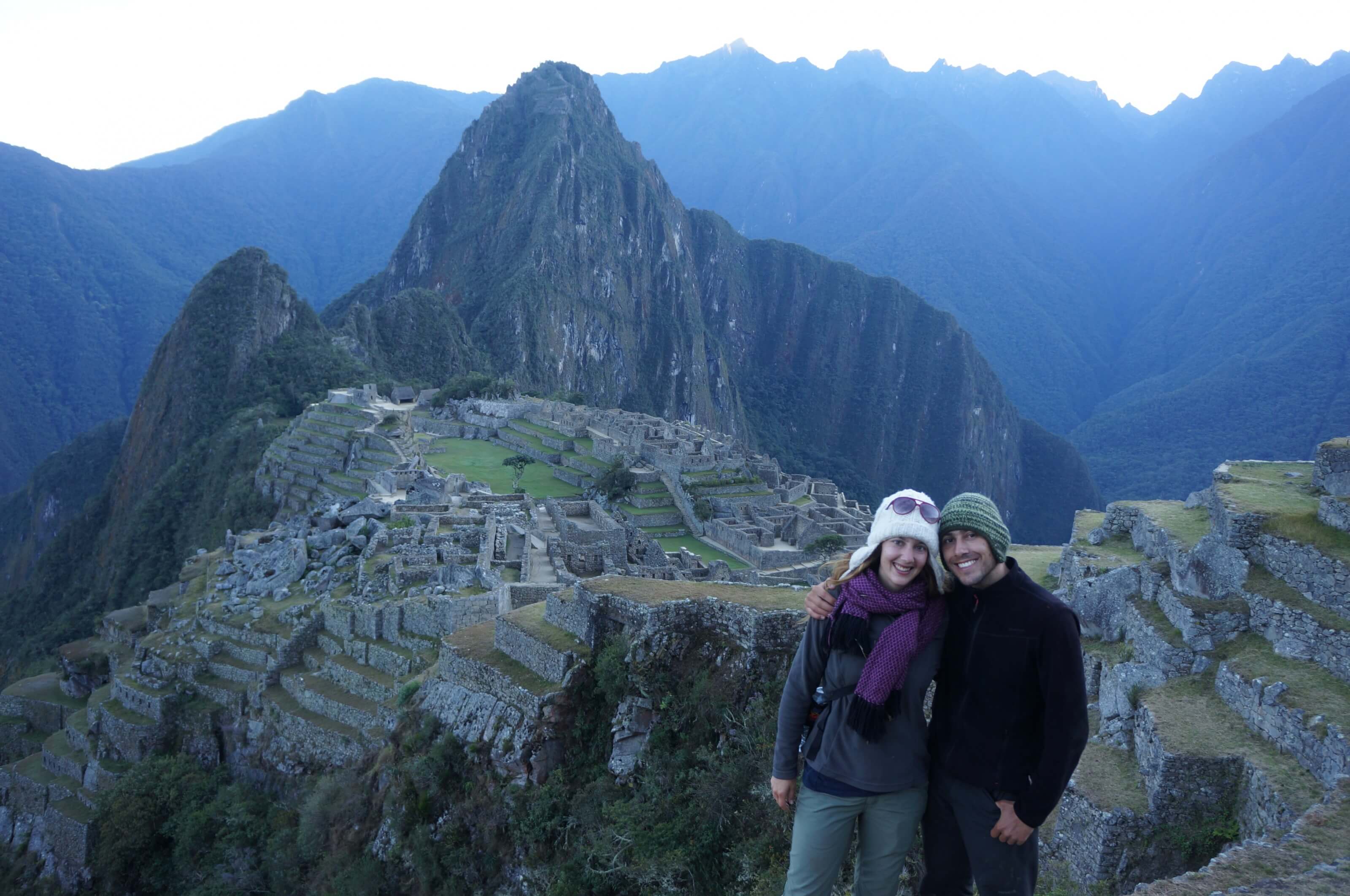
0
Here's the step-by-step guide to planning your trip to Machu Picchu: tickets, transport, accommodation, visits... You name it!
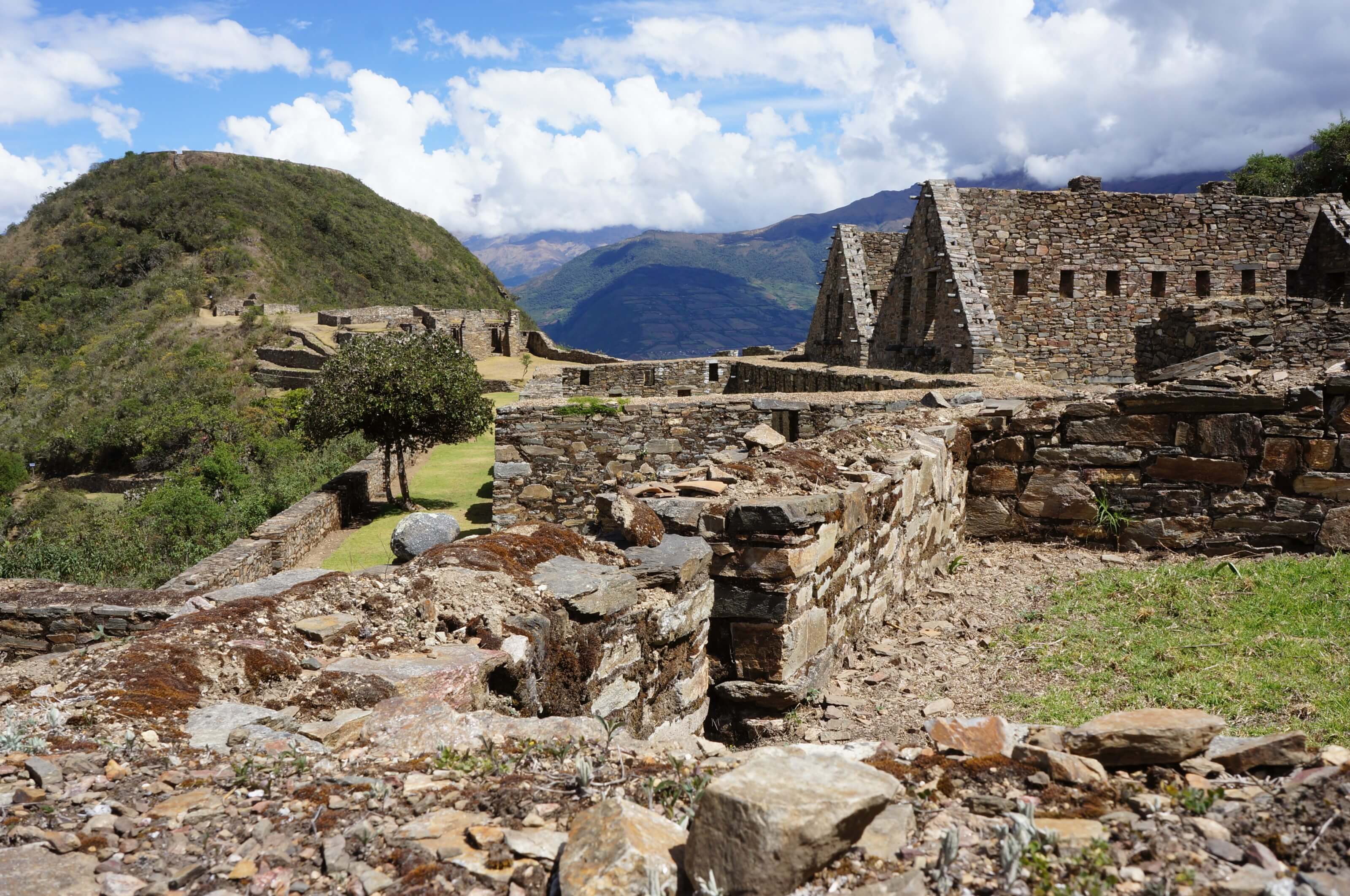
1
Reach Machu Picchu in an alternative way while passing through the incredible ruins of Choquequirao. Here is the Choquequirao trek explained and detailed!
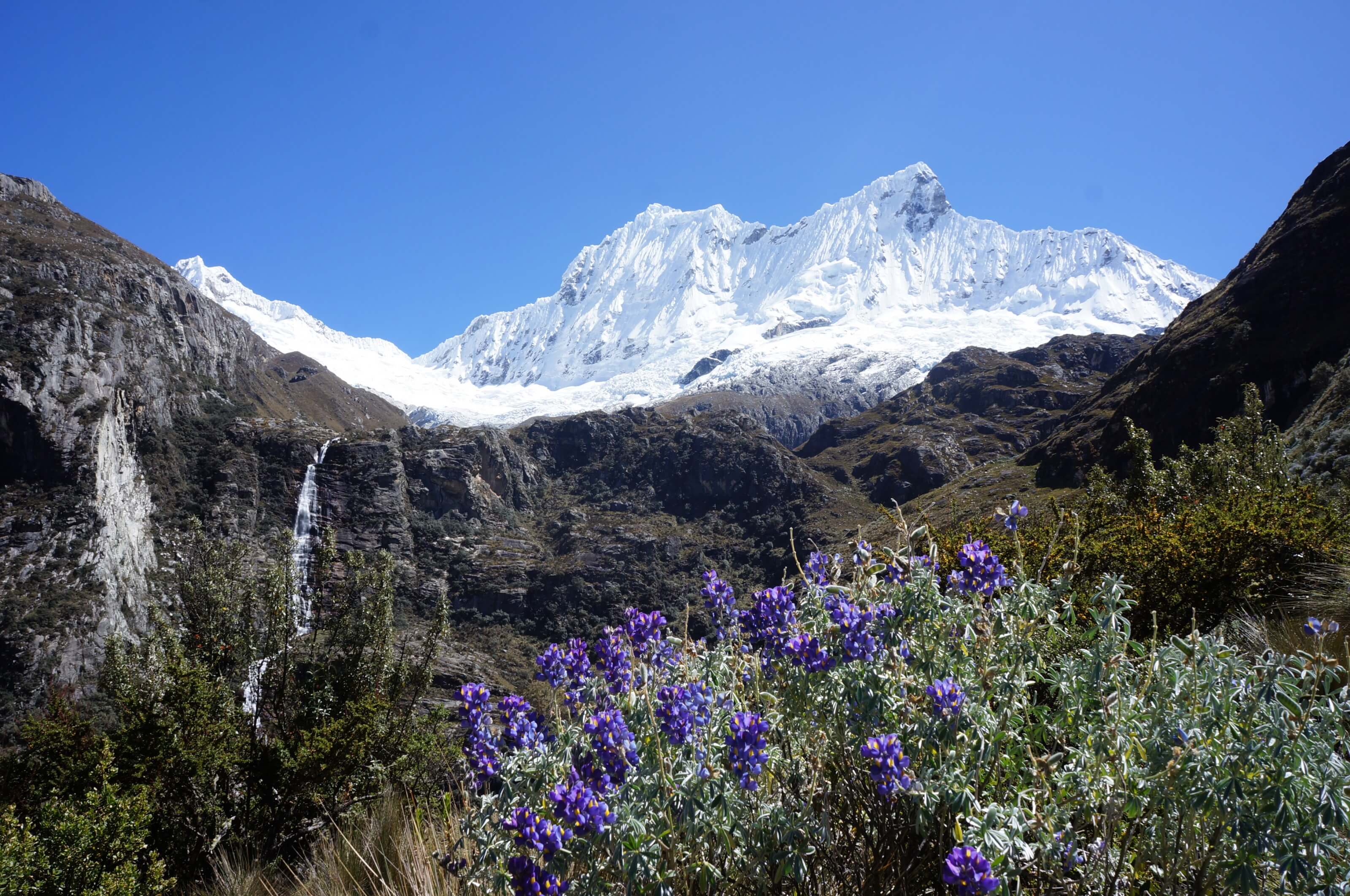
1
Huaraz lies in the heart of the Cordillera Blanca in central Peru, and is the ideal starting point for hiking and trekking in the Andes!
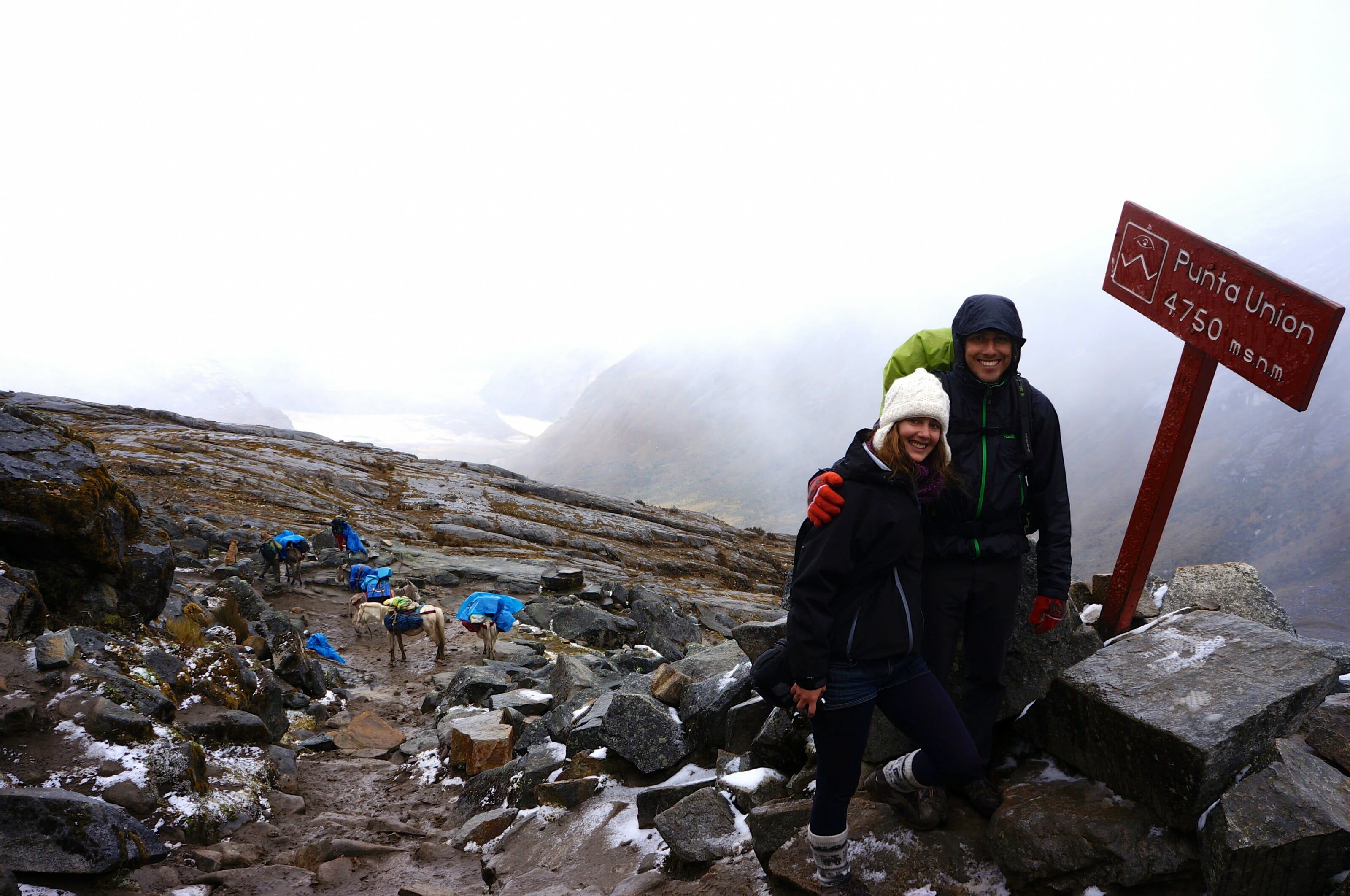
0
Our first hike in Peru took us right into the heart of the Cordillera Blanca. Images, tips and video of our first trekking experience in the Peruvian Andes!
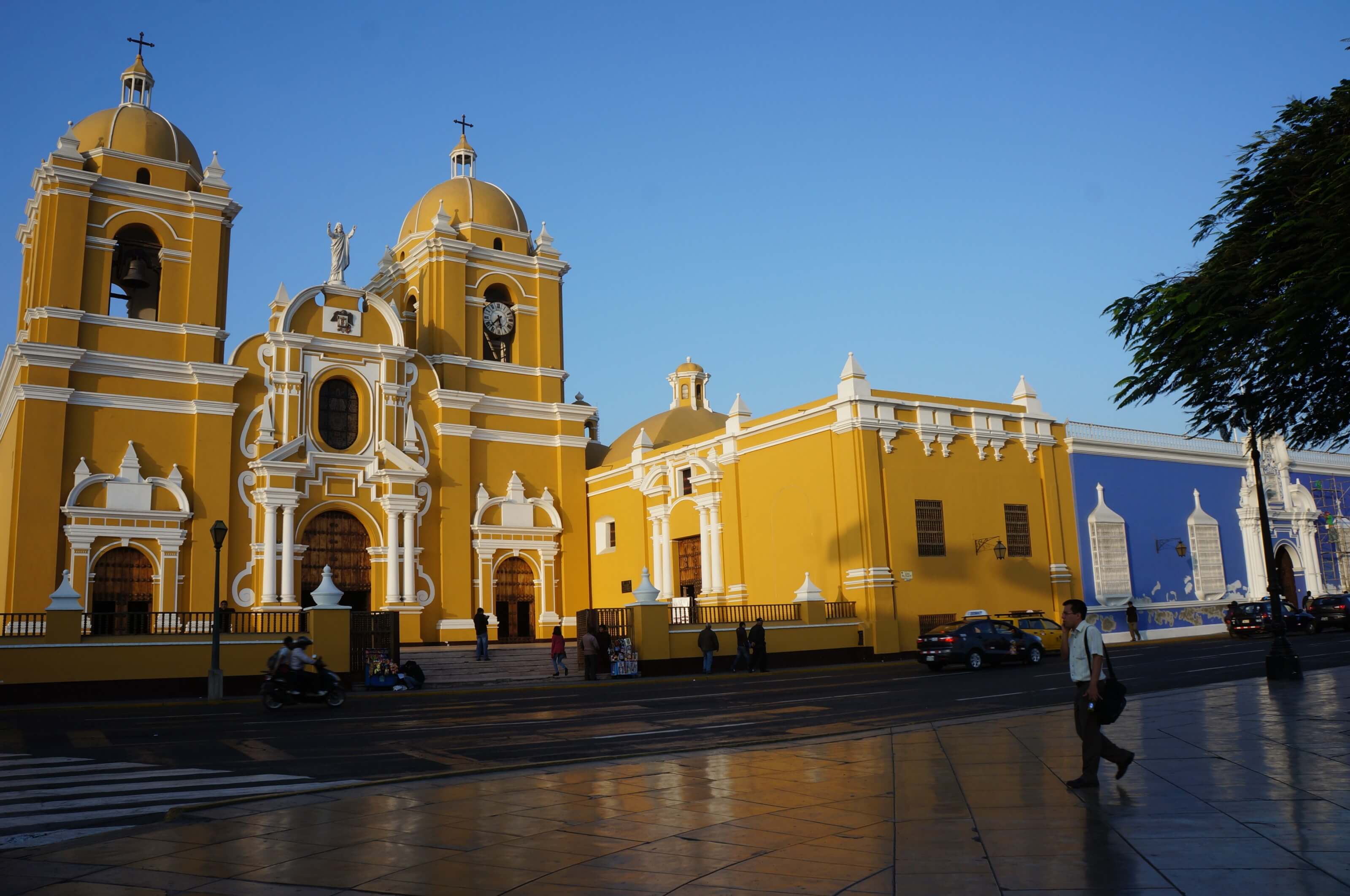
0
No, there's more to Peru than the Incas! We're taking you to the lands of pre-Incan civilizations, in Trujillo and Chiclayo. Let's get started!